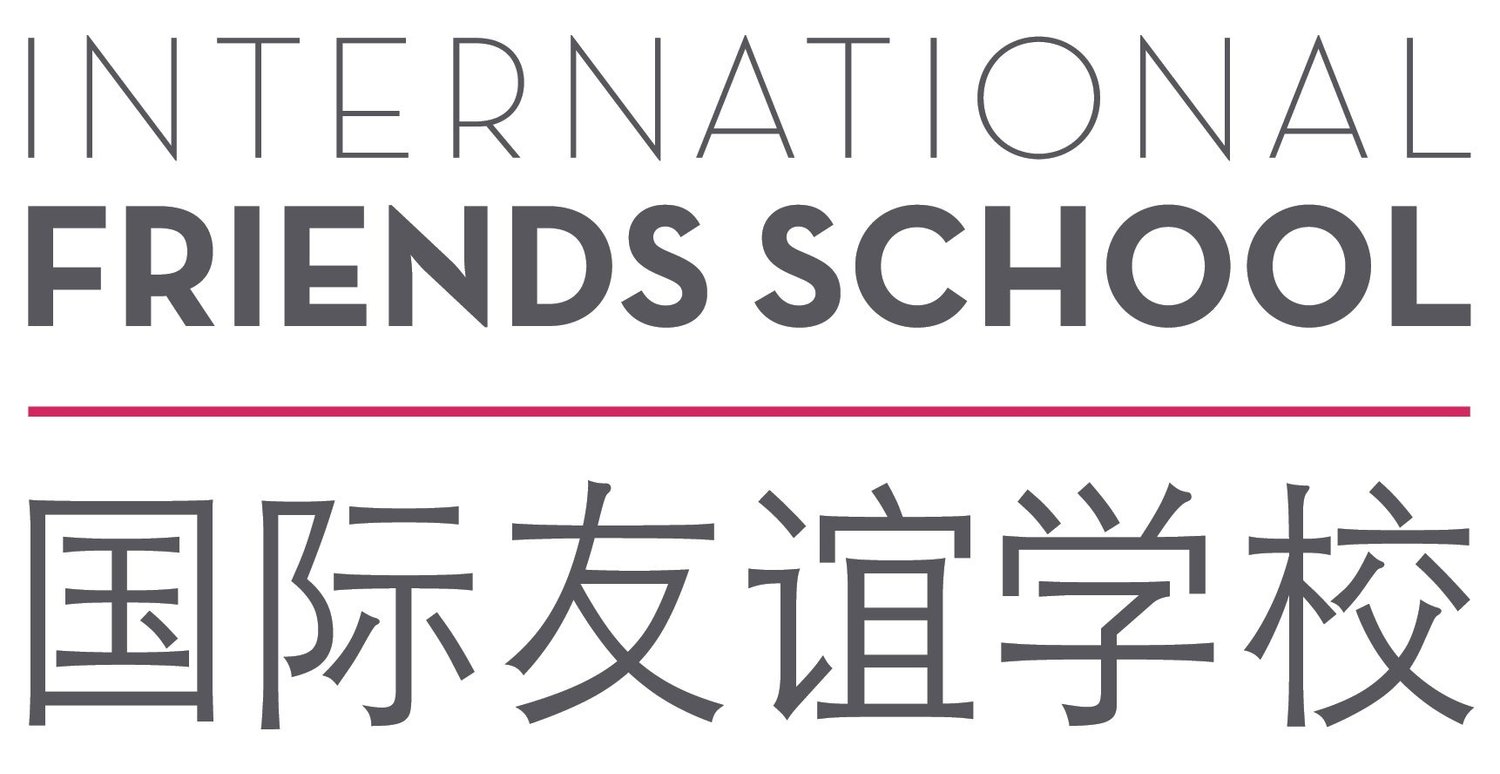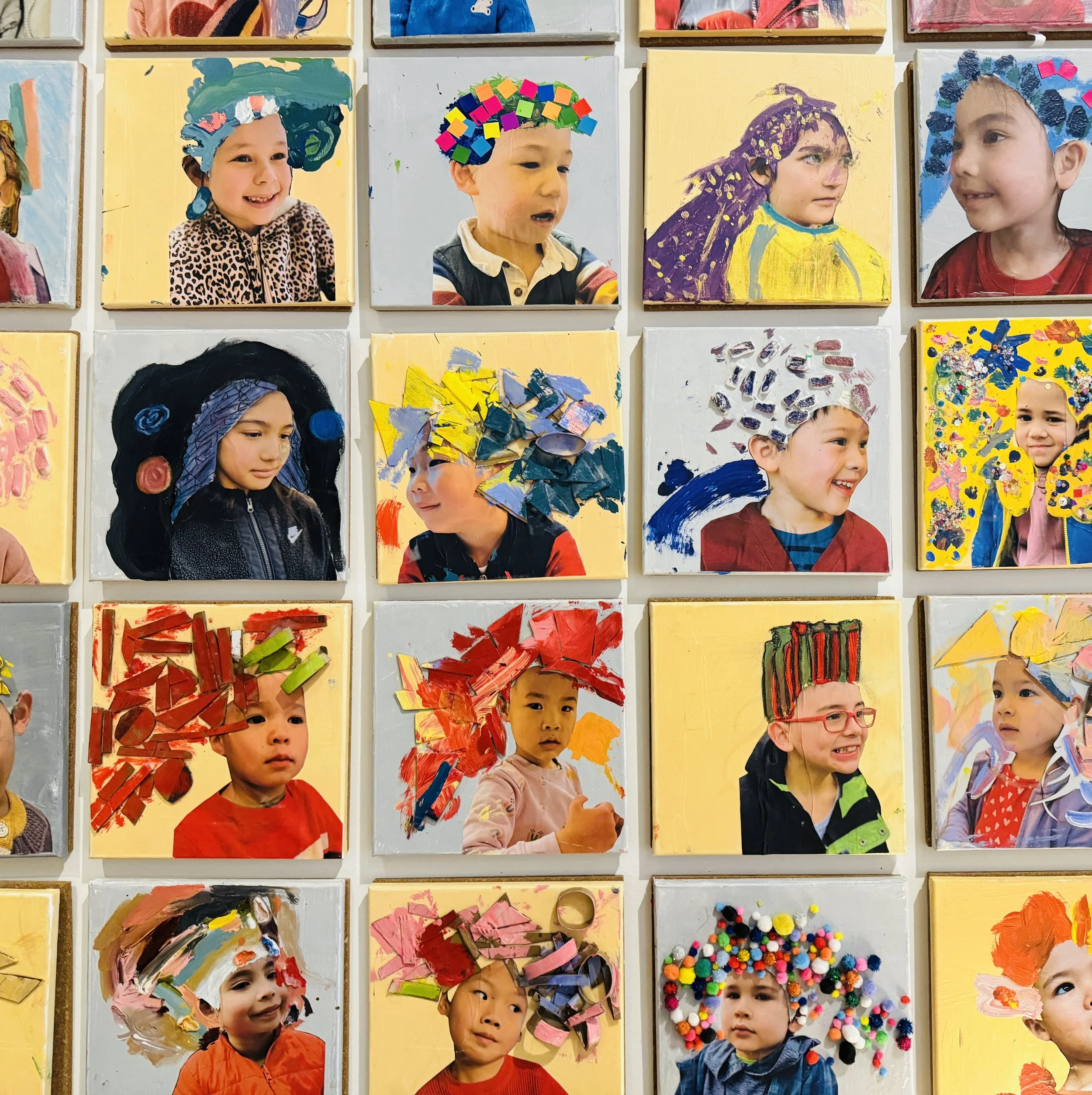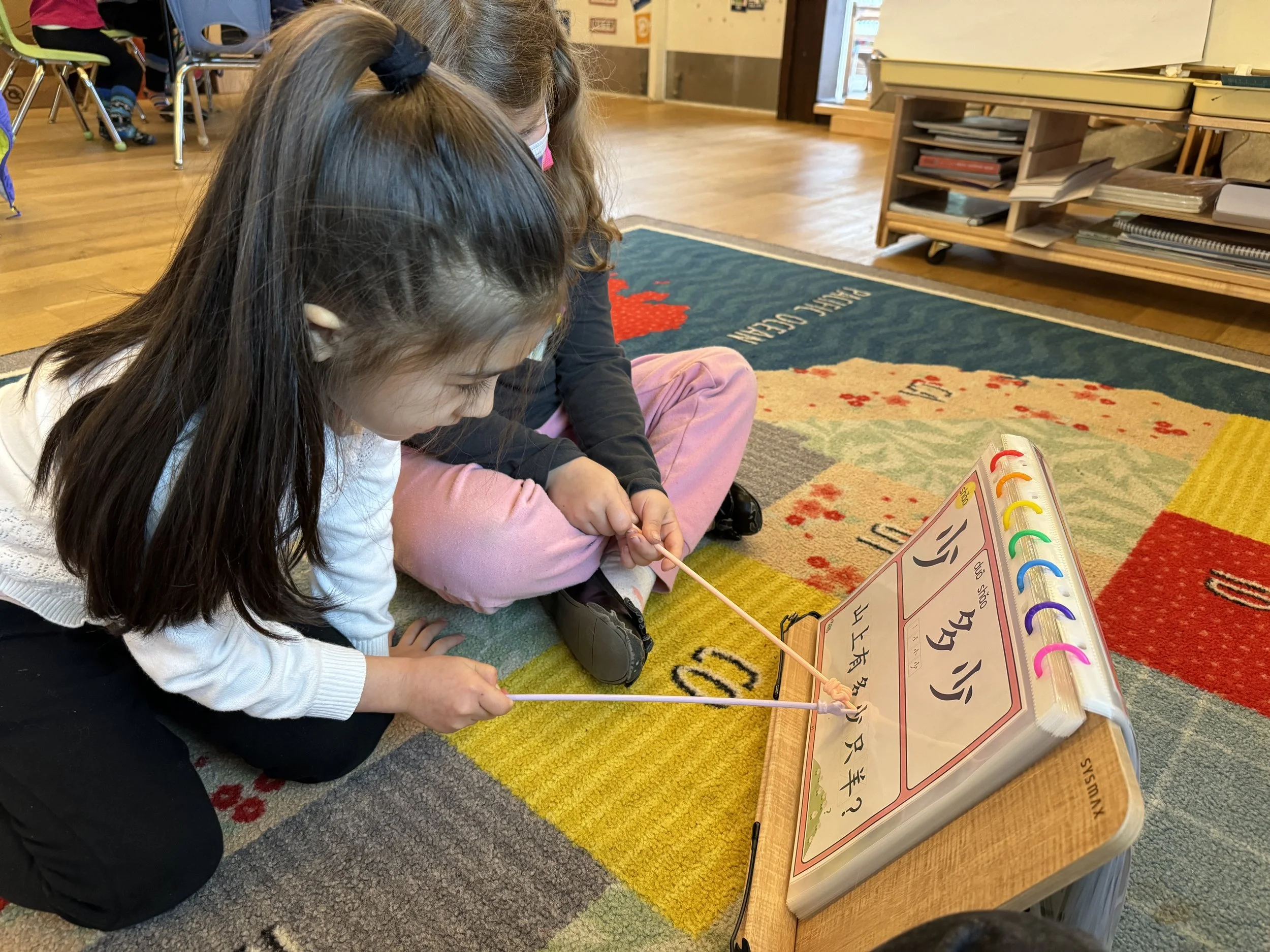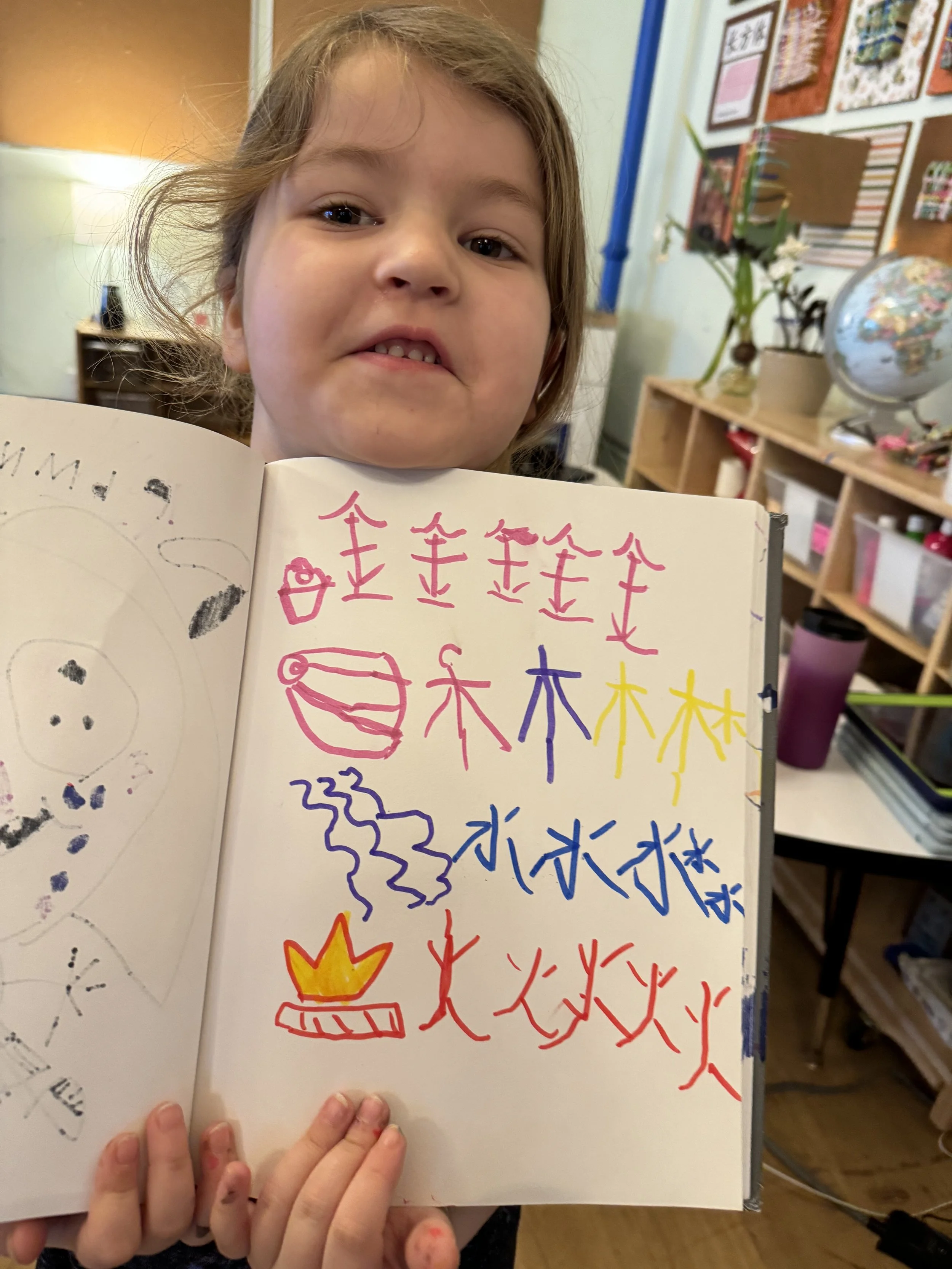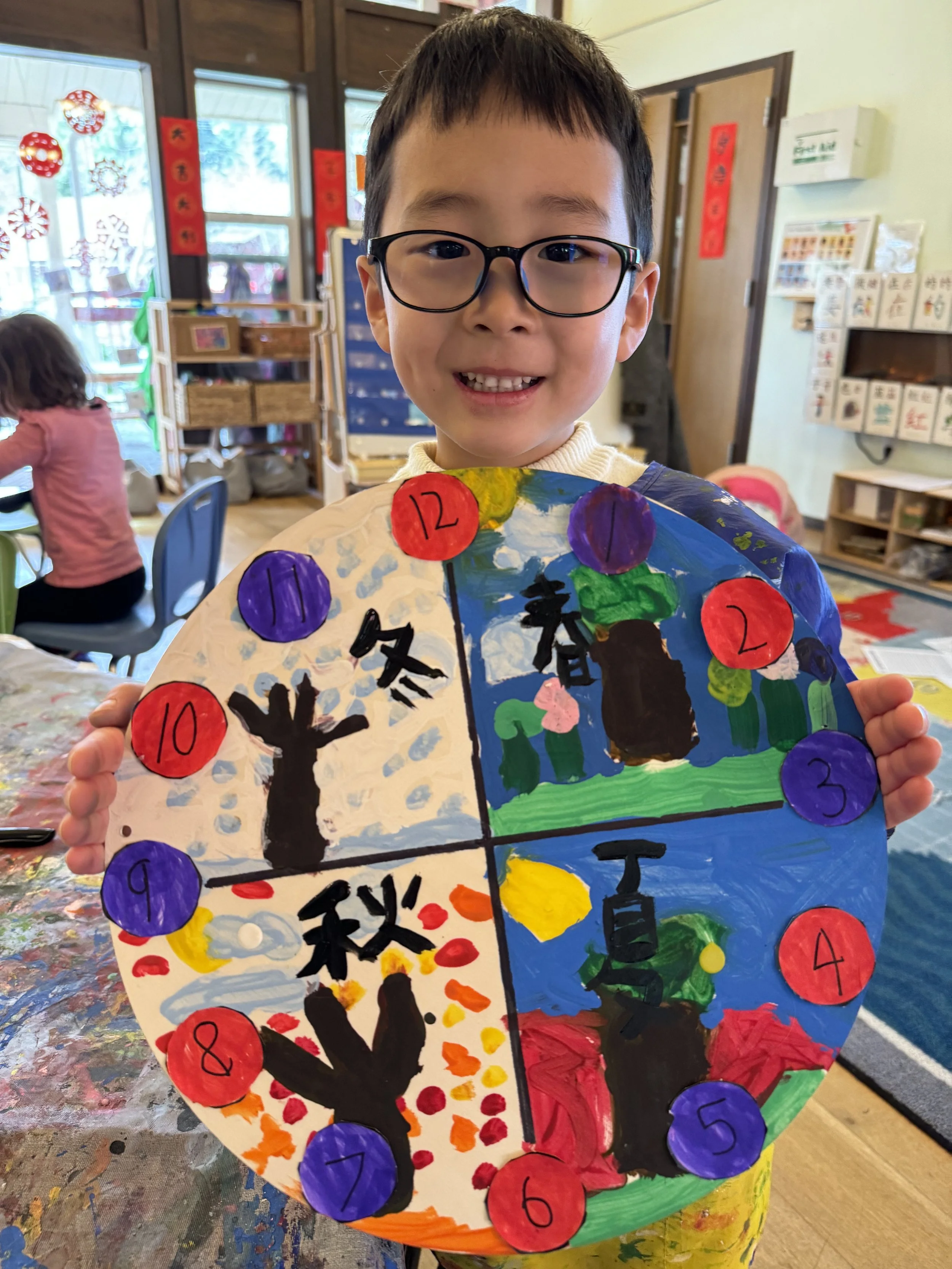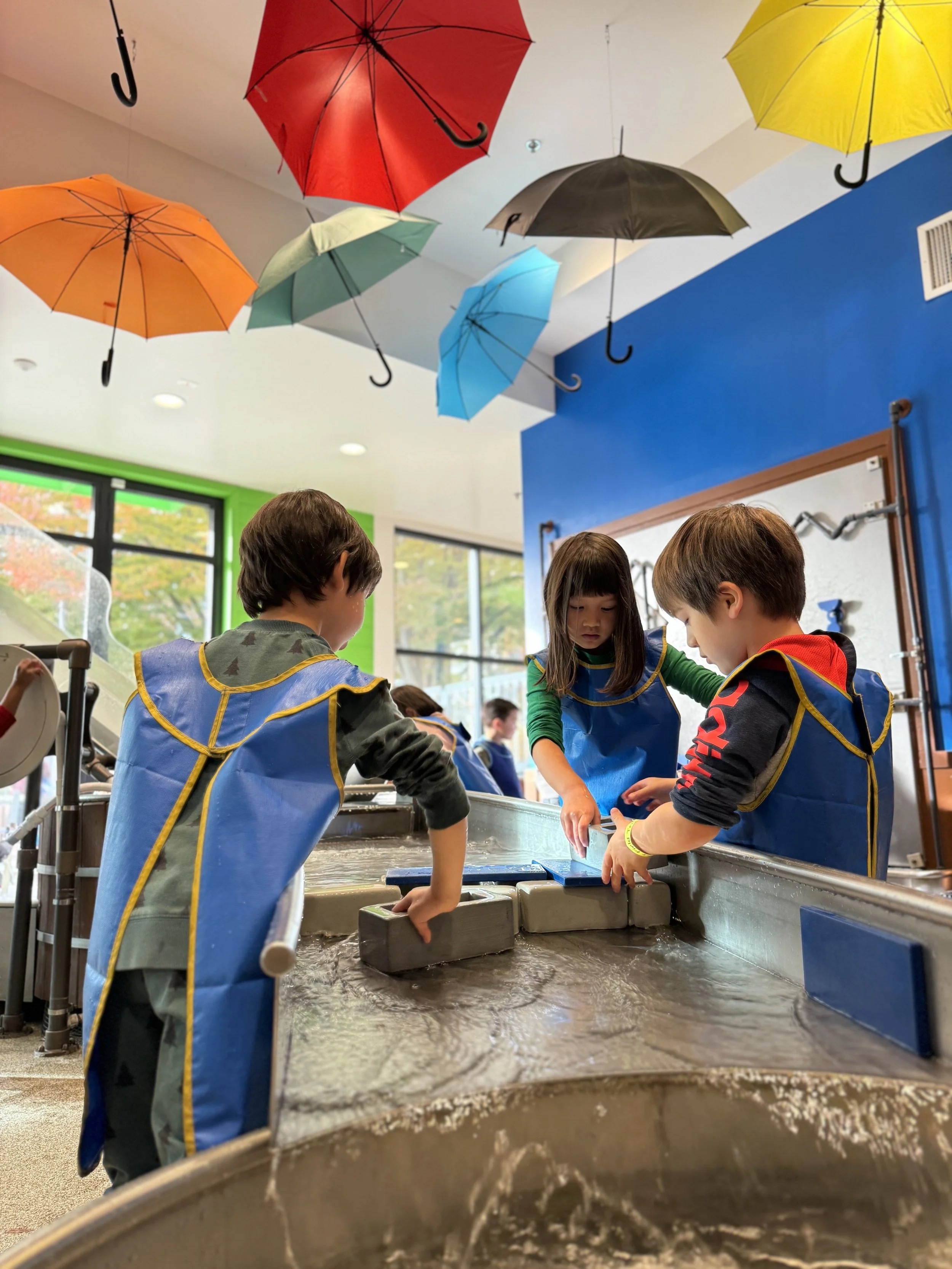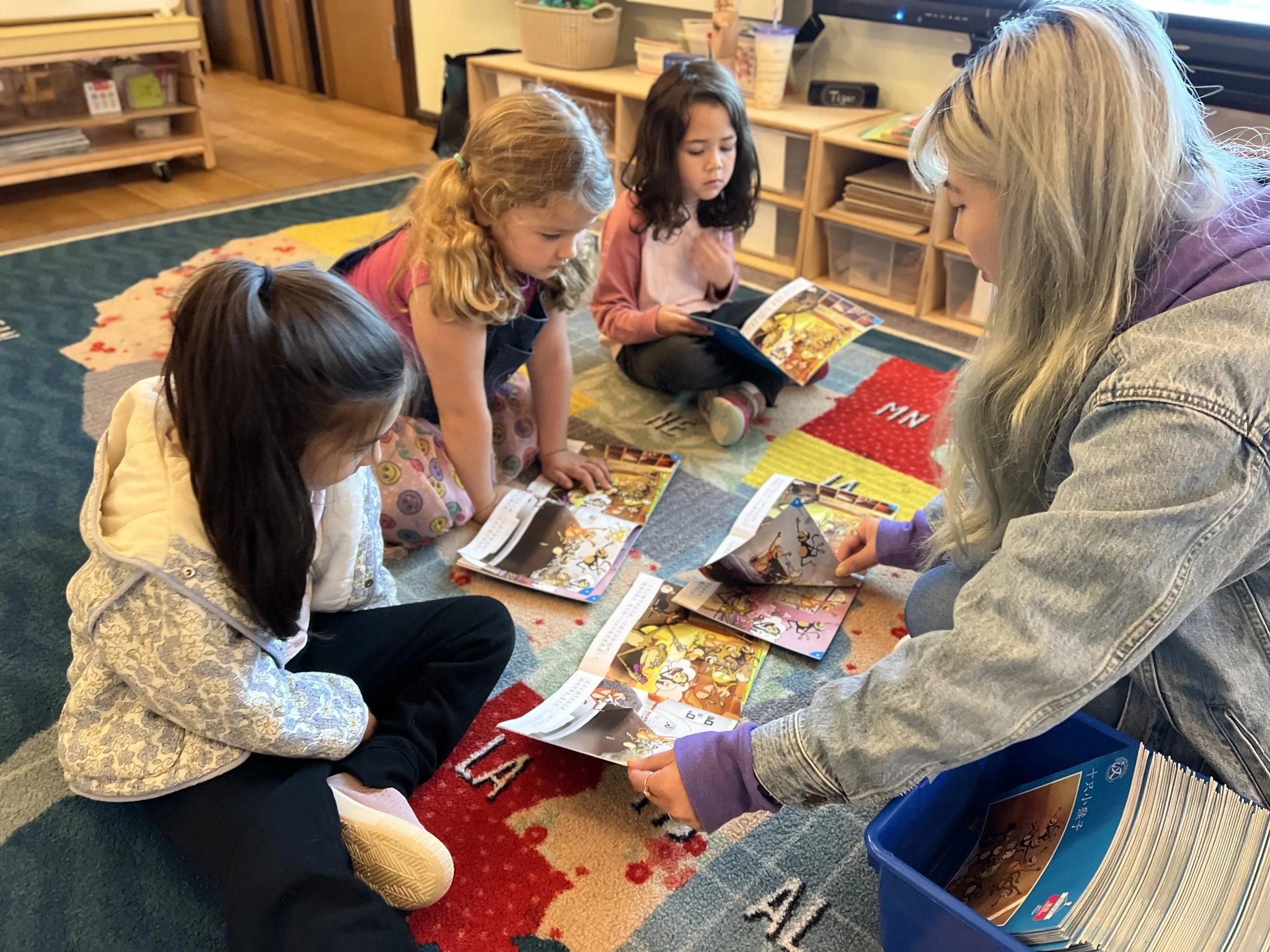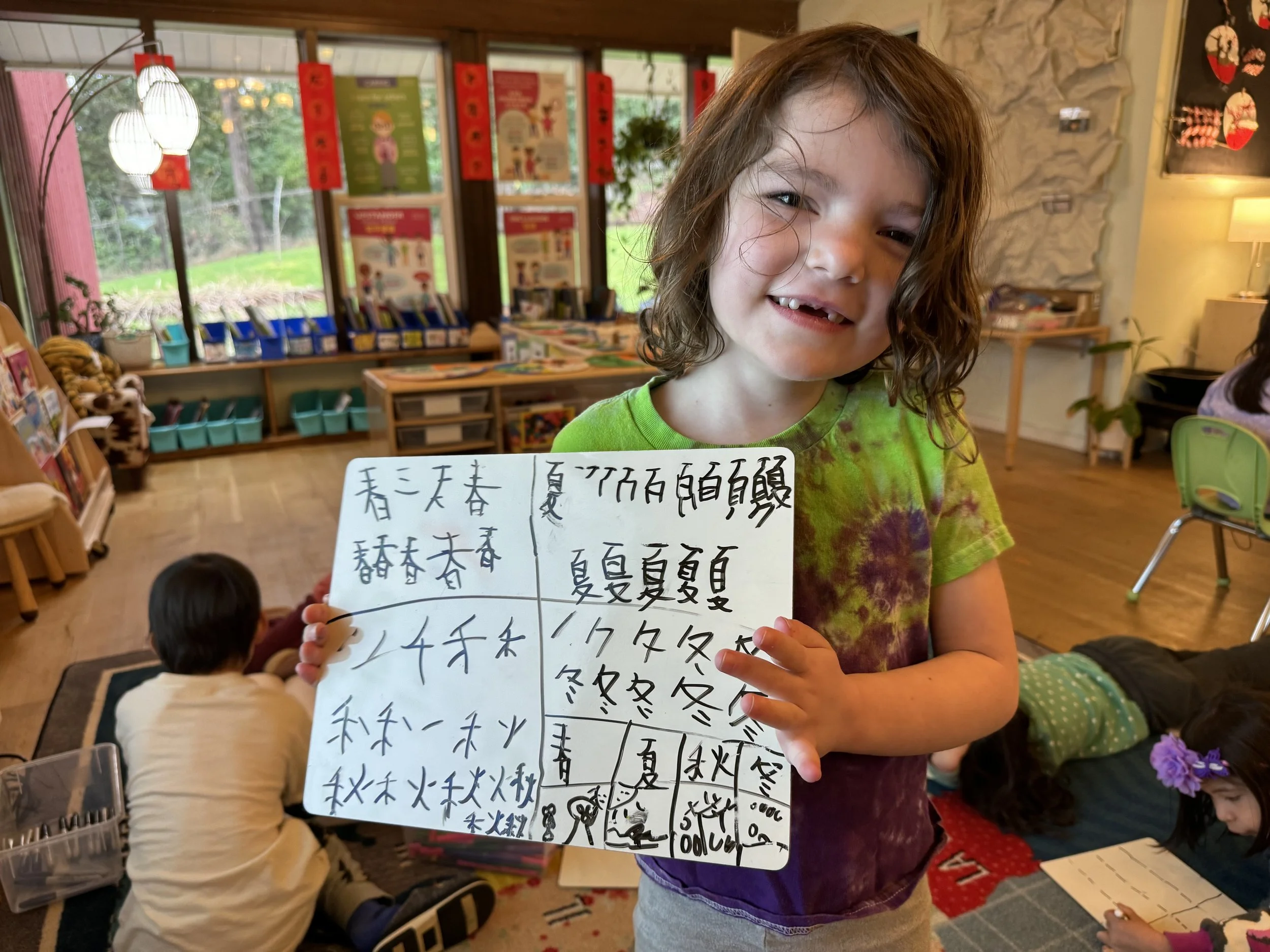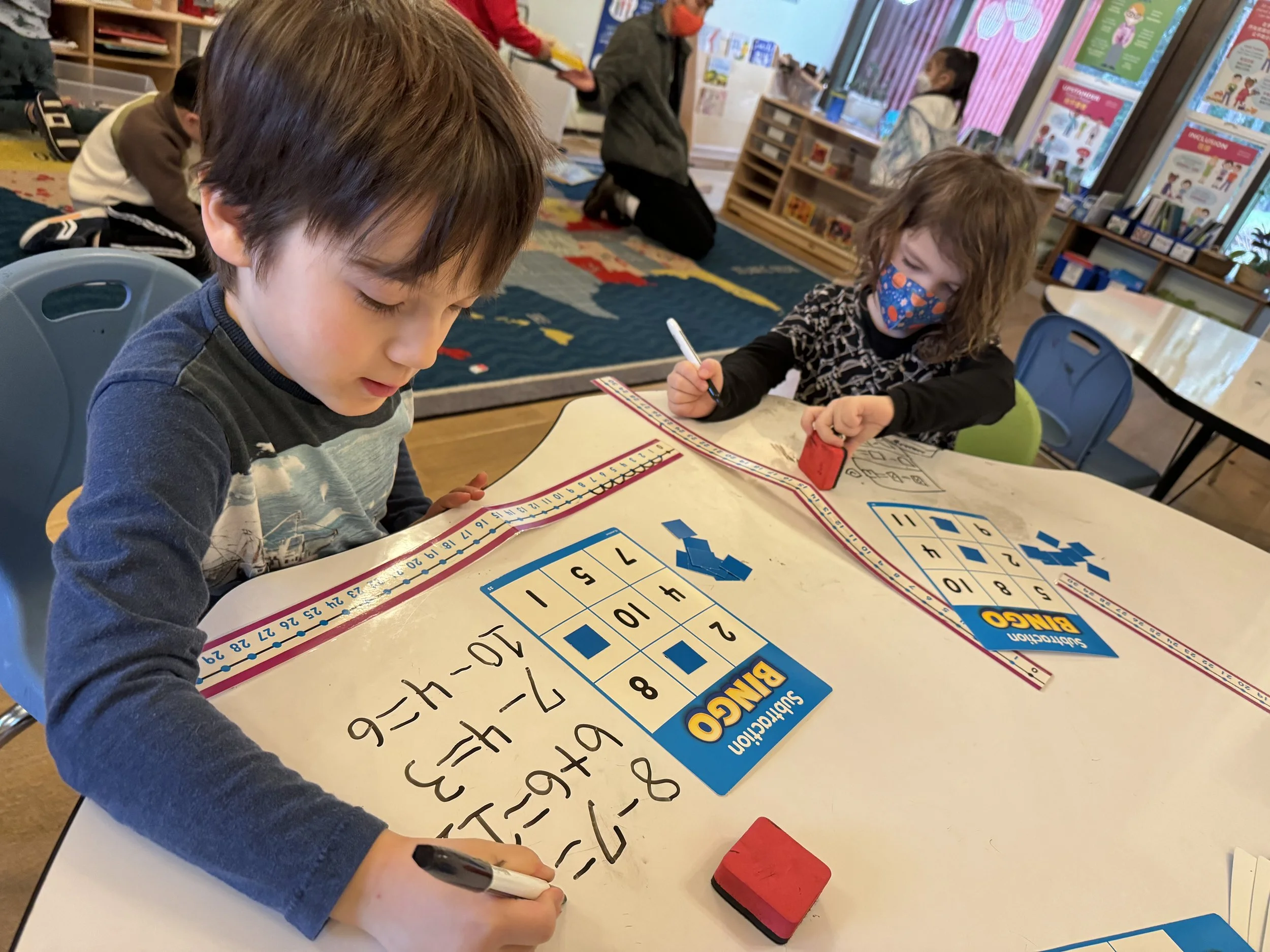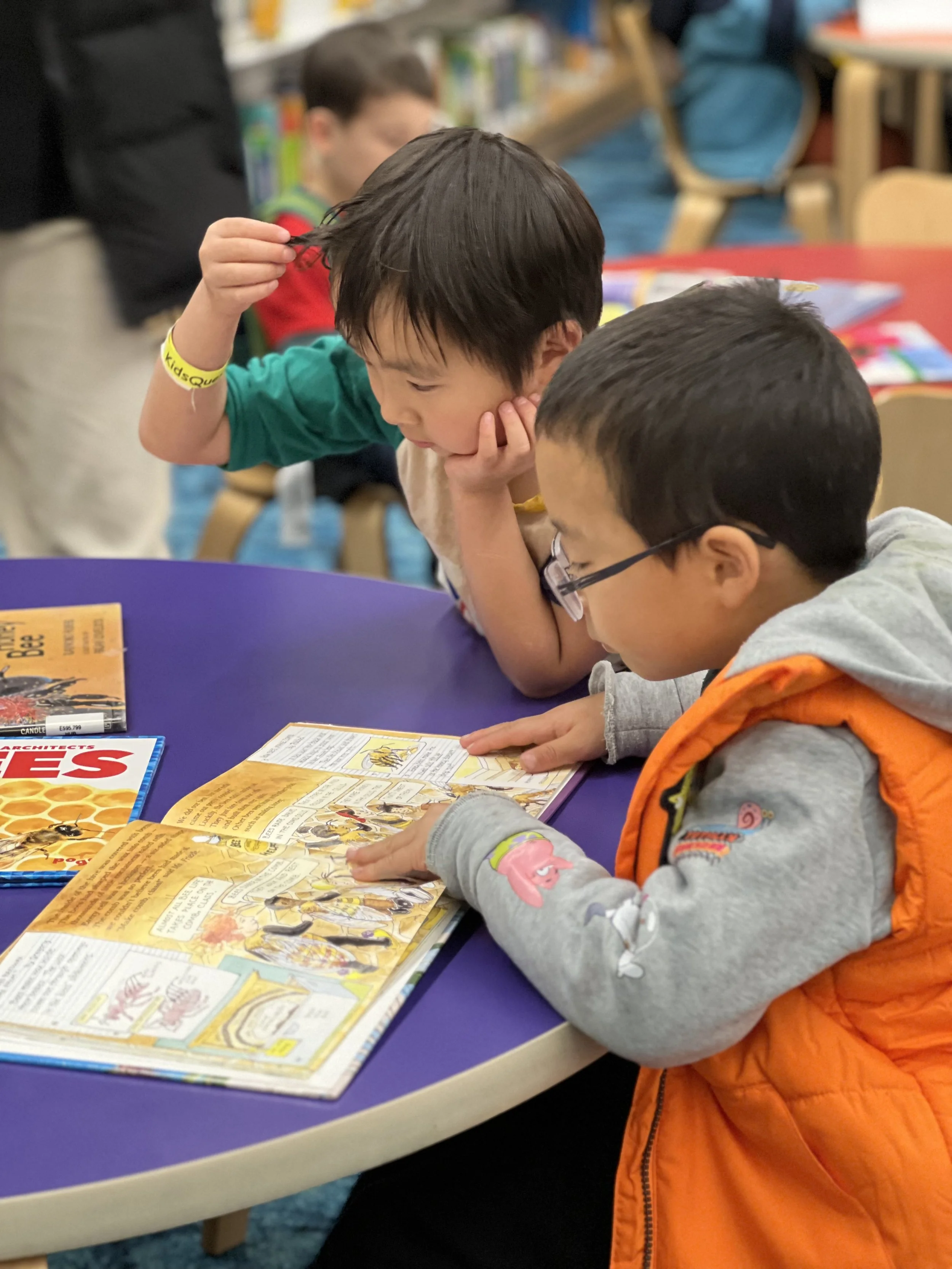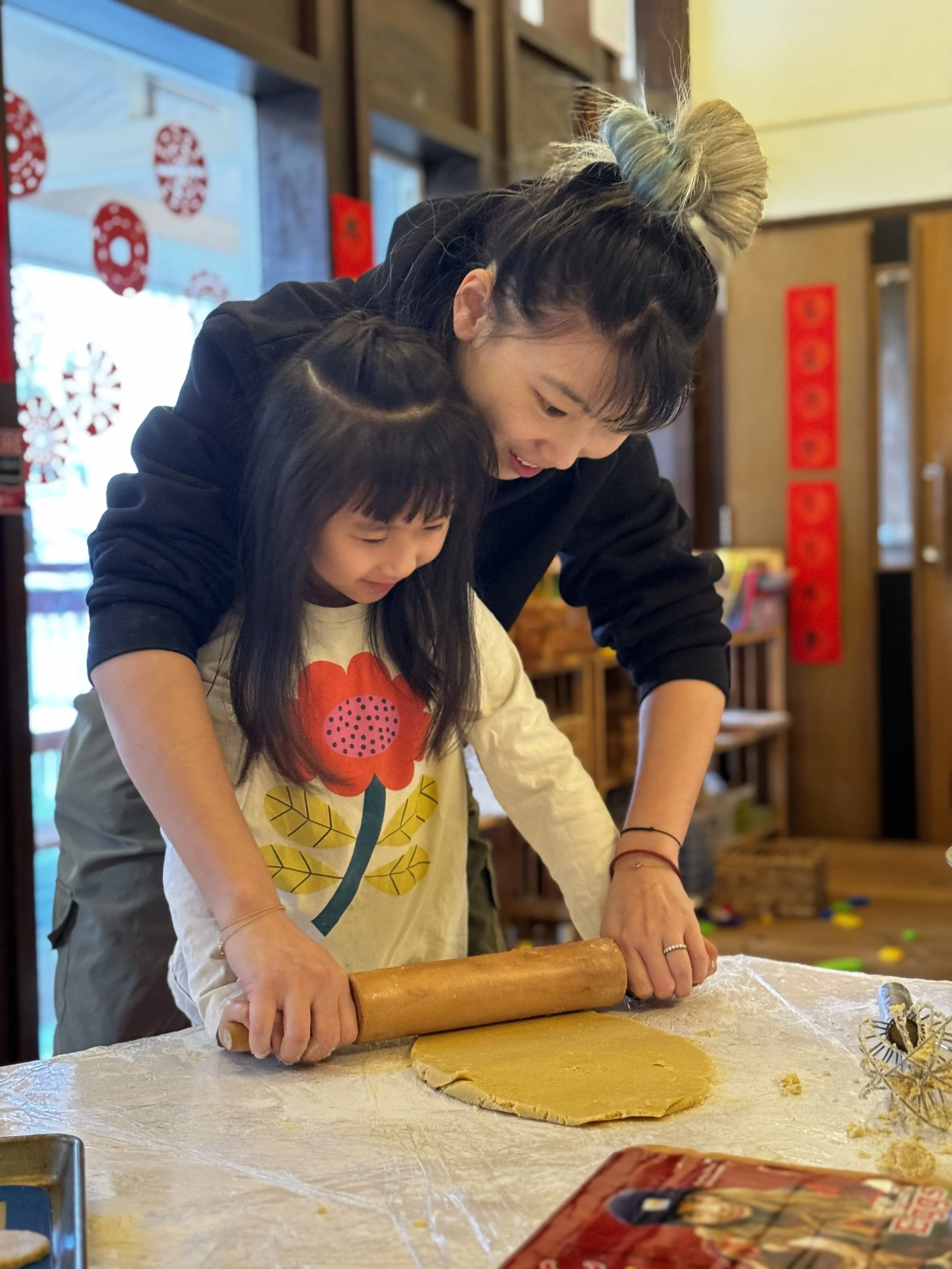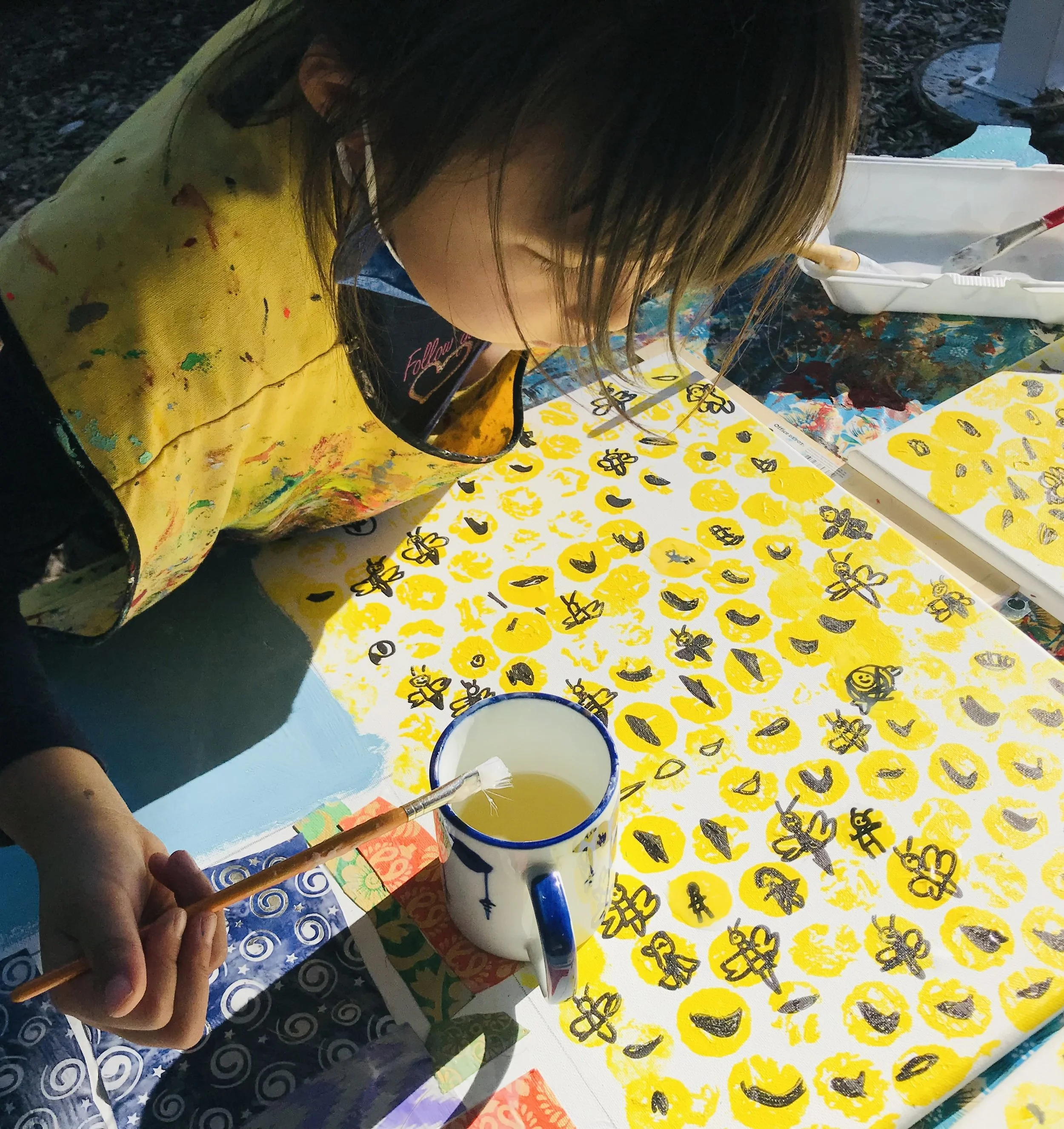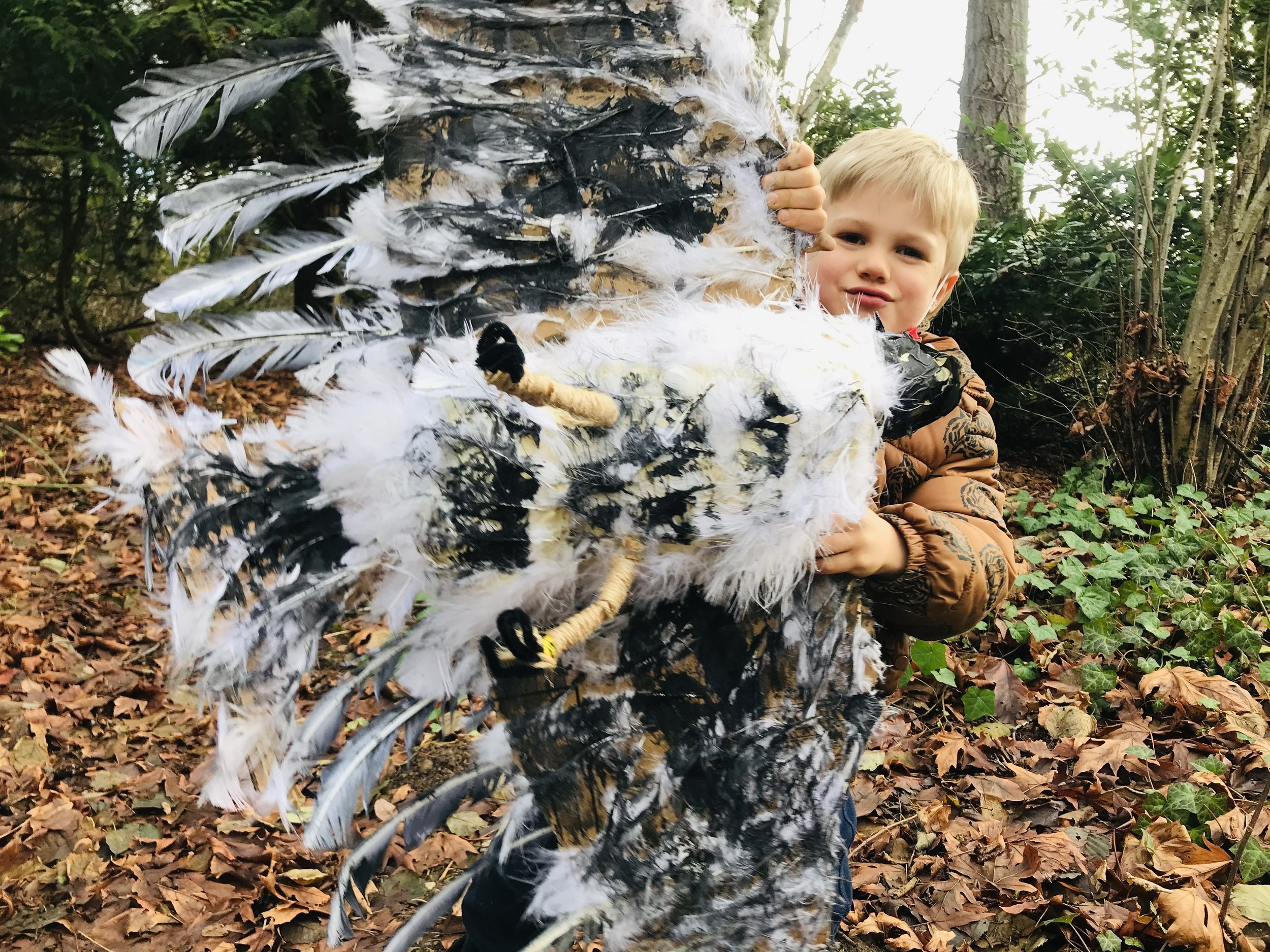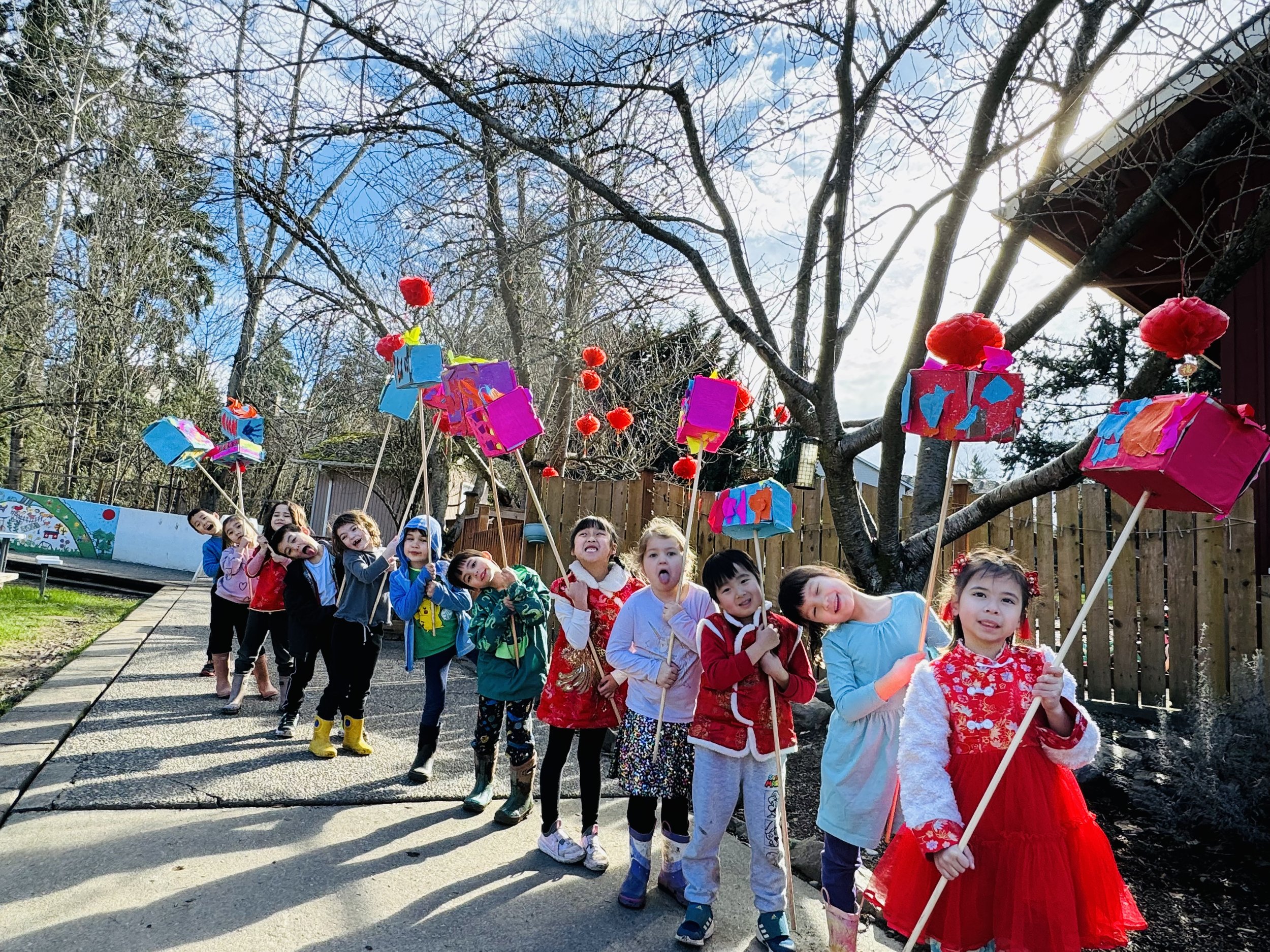
Kindergarten Program Overview - Tigers
Age: Students must be 5 years old by September 1 to be admitted to Kindergarten.
Note: Students with no prior Mandarin background are welcome in Kindergarten. With consistent methodology and language exposure, we see tremendous growth in Mandarin language for novice speakers and substantial growth in English for novice English speakers.
Teacher-Student Ratio 1:8 (max)
Class Size: 16 Students (max)
Curriculum: The Tiger curriculum occurs in an 80% Mandarin immersion environment. The students have core and specialty classes each week, along with 2 hours of meal and playtime. The curriculum also includes ongoing enrichment, a hallmark feature of our elementary program.
Language Ratio Mandarin 80%, English 15%, Spanish 5%
Assessment Results: Brief Overview of Assessment Results (See last section this page)
Sample Schedule
Learn more about Tiger Teachers
Kindergarten Learning at IFS
The approach to teaching kindergarten students involves creating a rich and engaging learning environment that encourages students to explore, create, and problem-solve. We expect strong collaboration and the development of work ethics that will guide students throughout their elementary life. Students need daily opportunities to collaborate with each other and we give them daily socio-emotional lessons to help them with their resiliency and perspective taking skills.
Each and every student brings such a powerful skillset of ideas, language skills and ways to demonstrate kindness. In our small class size of 16 students and two teachers, we offer everyone the chance to share these gifts with others and to learn deeply from each other. Our Kindergarten culture is one of peace-making and learning how to be an “up stander” when friends may need your help.
This is the first year that students participate in student clubs, working close with the students in the upper grades. This is a transformative experience for 5-6 year old students and it offers them the chance to see leadership on a close, personal level.
Projects for our Kindergarten student are deeply experiential. They apply stand-alone skills in Mandarin Literacy, Math and Social Studies towards intellectually focused learning about Honey Bees, Materials & Motion and Birds of the Pacific Northwest. They are launched to begin their elementary journey with critical thinking skills, discernment in using information and the ability to present with confidence their learning in Mandarin.
Core Classes
-
Curricular Materials: Level Learning, Better Immersion, and authentic materials
Standards:
ACTFL for communication
Common Core State Standards for Reading and Writing skills
Examples of Key Skills
Students can:
recognize more than 170 words
read sentences with repetitive, patterned phrases
write more than 80 words
can write with symmetry and correct stroke order
reach or exceed reading level B (ACTFL Novice Low)
-
Curricular Materials: Illustrative Math, Shuxue (China’s national curriculum)
Standards: Common Core State Standards
Examples of Key Skills
Students can
learn to tell time to the half-hour
practice skip counting
compose and decompose numbers 1-20
write addition and subtraction equations
recognize and manipulate two- and three-dimensional shapes.
-
Curricular Resources: Logic of English, EPIC!, the Writing Revolution
Standards: Common Core State Standards
Examples of Key Skills
Students can:
use foundational reading skills (a solid grasp of the alphabet, and phonics and phonemes)
building off a solid grasp of the alphabet, and then moving on to phonics and phonemes.
begin reading high-frequency words
read emergent-reader texts with understanding by the end of the year
use proper writing conventions, including letter formation and capitalization
combine drawing, dictating, and writing to compose opinion, informative, and narrative pieces with some of each genre’s features
-
Standards: Next Generation Science Standards, Common Core State Standards, UN Sustainability Goals
About:
Kindergarten students engage in a project each trimester. Projects focus on an inquiry from either the physical or social sciences and integrate learning standards from Chinese and math. The project cycle often incorporates scientific investigations and culminates with a capstone project that students share with their parents at the end of the trimester. For a closer look at project-based learning in kindergarten, please see the Honey Bee project below.
-
Curriculum Resources:
Geography, World News, UN Sustainability Goals and Quaker testimonies.
Student Clubs offers Kindergarten students the unique opportunity to work across K-4th grade on collaborative explorations and initiatives. Students also explore world geography, world news, and major festivals around the world.
Led by the Head of School, Student Clubs is a deep dive into testimonies with students developing their own plans using the “Backward Design, Execute Forward” model.
Highlights from Student Clubs:
Studens explore one tesimony per trimester. An example of this would be:
In winter of 2024, Student Clubs explored the Stewardship Testimony.
In mixed age groups, they found an environmental cause.
They created a budget, and a plan for creating items to sell at the Sustainability Fair.
They created their own products, such as postcards, or coasters based on their theme. They also designed in close collaboration their booths.
They figured out true net after costs and donated the amount to a cause that helps their animal/habitat.
Specialty Classes
-
Curriculum Resources:
Teachers use Everyday Speech as the daily foundation for SEL .
In kindergarten students work on developing self-awareness, social awareness, relationship skills and also spend time to learn about, reflect on, and act on the Quaker values or SPICES (simplicity, peace, integrity, community, equality, and stewardship).
Learning highlights from Kindergarten:
Students are helpful in the classroom and with a friend.
Student approaches learning with curiosity and openness in exploring new problems and questions
Student thinks about others and can identify how others are feeling.
-
Kindergarten students spend one hour per week in the Art Studio with our art teacher, Annie Fu.
Standards: Common Core State Standards
Examples of Key Skills:
Student can
express themself creatively
use fine motor skills to cut, color, draw, and paint
earn about different cultures and traditions through art
decide which colors to use and how to arrange shapes and lines in a composition
-
Standards: Common Core State Standards
Examples of Key Skills
Students can:
sing simple songs, nursery rhymes, and chants
sing in unison with others, such as in rounds or partner songs
sing with expression and match pitch
identify different sounds and instruments
respond to music with movement or other forms of expression
explore and play rhythm instruments (e.g., drums, tambourines) or melodic instruments (e.g., xylophones, handbells
begin to develop an understanding of basic musical concepts such as tempo (fast/slow), dynamics (loud/soft), pitch (high/low), and form (repetition, contrast)
-
Our students spend an extra block a week playing in the IFS 2-acre forest. They also walk to Wilburton Park and Bellevue Botanical Garden once a month.
This outdoor play and trips to the park give IFS students exposure to a lot of sunshine and provides abundant daily exercise. During play students also practice executive function skills and judgment in taking small risks in our beautiful Pacific Northwest.
-
Standards: Common Core State Standards
Examples of Key Skills
Students can:
use fundamental movement skills to run, jump, hop, skip, throw, catch and kick
participate in games and exercises that improve coordination, balance, and spatial awareness
work together and collaborate as part of a team
understand concepts such as the benefits of exercise and the importance of staying hydrated.
-
Curricular Materials: authentic materials: songs, poems, and activity booklet
Examples of Key Skills
Students can:
use greetings
recognize and produce basic vocabulary, including numbers 1-10, colors, names for family members (e.g. Mom, Dad, etc.)
sing simple Spanish songs
develop an appreciation for major festivals such as Dia de los Metros and El Die de Guadelupe
-
In kindergarten, students have the opportunity to participate in two field trips that align with their project units.
In the fall students will visit KidsQuest Children’s Museum, participating in a workshop “Growing a Garden” to augment their project unit: Honey Bees. At the museum students explore a real brood comb and build a flower garden to help bees pollinate.
In the spring students will participate in a field trip to Bellevue Botanical Garden to participate in the workshop “Happy Habitats” as part of their studies in the project unit: Birds of the Pacific Northwest, where they will be challenged to find out which bird beaks work best with different bird foods. In addition to these field trips, kindergarten students will take public transit to the Bellevue public library one or more times during the year.
Exploring Powerful Interactions:
Project Based Learning in Kindergarten
Students investigate cooperation as it occurs in a beehive and also in the classroom. Honey bees provide an engaging case study about the concept of social interdependence.
-
Students can:
decompose numbers up to 10
model the concept of symmetry
observe tesselation in nature
make a model to represent phenomenon in the natural world
classify and sort bees according to shape and other attributes
count measurable attributes
-
Students can:
correctly uses target words of the Honeybee unit vocabulary (speaking)
recognizes target characters from the honeybee unit
writes characters: 工、蜂后、冲、花 with correct stroke order
Give a short informational presentation
-
Students can:
explain the role of each bee in a honeybee hive
understand honeybees’ role in the ecosystem: honeybees play an important role as pollinators
understand how a Queen Bee is selected
understand people and the roles that make and carry out rules in the classroom
explain, give examples, and demonstrate ways to show good citizenship in the classroom and school community
-
Students can:
identify the anatomy of insects and bees, specifically
identify and explain the Life Cycle of a Honeybee
Use observations to describe patterns of what plants and animals (including humans) need to survive
Use a model to represent the relationship between the needs of different plants or animals (including humans) and the places they live
Students engage in a series of investigations to learn about the properties of different materials and how they affect physical properties such as speed and floatation.
-
Students can:
count objects in nature, pairing each object with one and only one number name
sort objects into their country of origin and track by journey the time spent arriving to a store in America.
evaluate speed - rapid transport vs. slow transport.
-
Students can:
use Chinese vocabulary to describe variety of materials
identify common radicals related to materials and motion, such as wood, water and silk
present a constructed object sharing basic information about it’s material and physical properties
-
Student can:
separate trash from recycling and compost
explain how reducing, reusing and recycling help the community and are the responsibilities of individuals
-
Student can:
recognize basic properties of wood, paper, and different types of fabric
recognize that fabric can be reused to create other materials
recognize that pushing or pulling on an object exerts physical force and can impact speed
conduct an investigation to compare the effects of different strengths or different directions of pushes and pulls on the motion of an object
develop a physical model to illustrate how the shape of an object helps to function as needed to solve a given problem
Students learn about the anatomy of birds, and how to pay attention to details about size, coloring, and behaviors of birds such as murmurations as they go birding at IFS and the Bellevue Botanical Gardens.
-
Students can:
compare and classify birds by size
create birds wings that are built to scale with measurement tools
compare wing spans and chart results.
-
Students can:
use Chinese to identify the parts of a bird
use the correct measurement word for bird in Chinese
write an information piece detailing some attributes of a PNW bird they choose to study
-
Students can:
use observations to describe patterns of what fish and birds need to survive
describe how birds and other animals use their body parts in different ways to see, hear, grasp objects, protect themselves and seek food and water
birds capture and convey different kids of information they need to survive
make a model to represent the relationship between the needs of a bird and the place they live
describe the threats to birds in the PNW.
-
Students can:
identify 1-2 ways that we can sustainably support or manage bird ecosystems to halt biodiversity loss
Sample Project Showcase
Showcase
A video in both Mandarin and English describing the Honey Bees
Beehive Model
Lifecycle of a honeybee (All in Mandarin Writing) featuring the 3D model of the selected kinds of honeybees
Mandarin Presentation about the Life-Cycle of a Honeybee
English Presentation about the Life-Cycle of a Honeybee
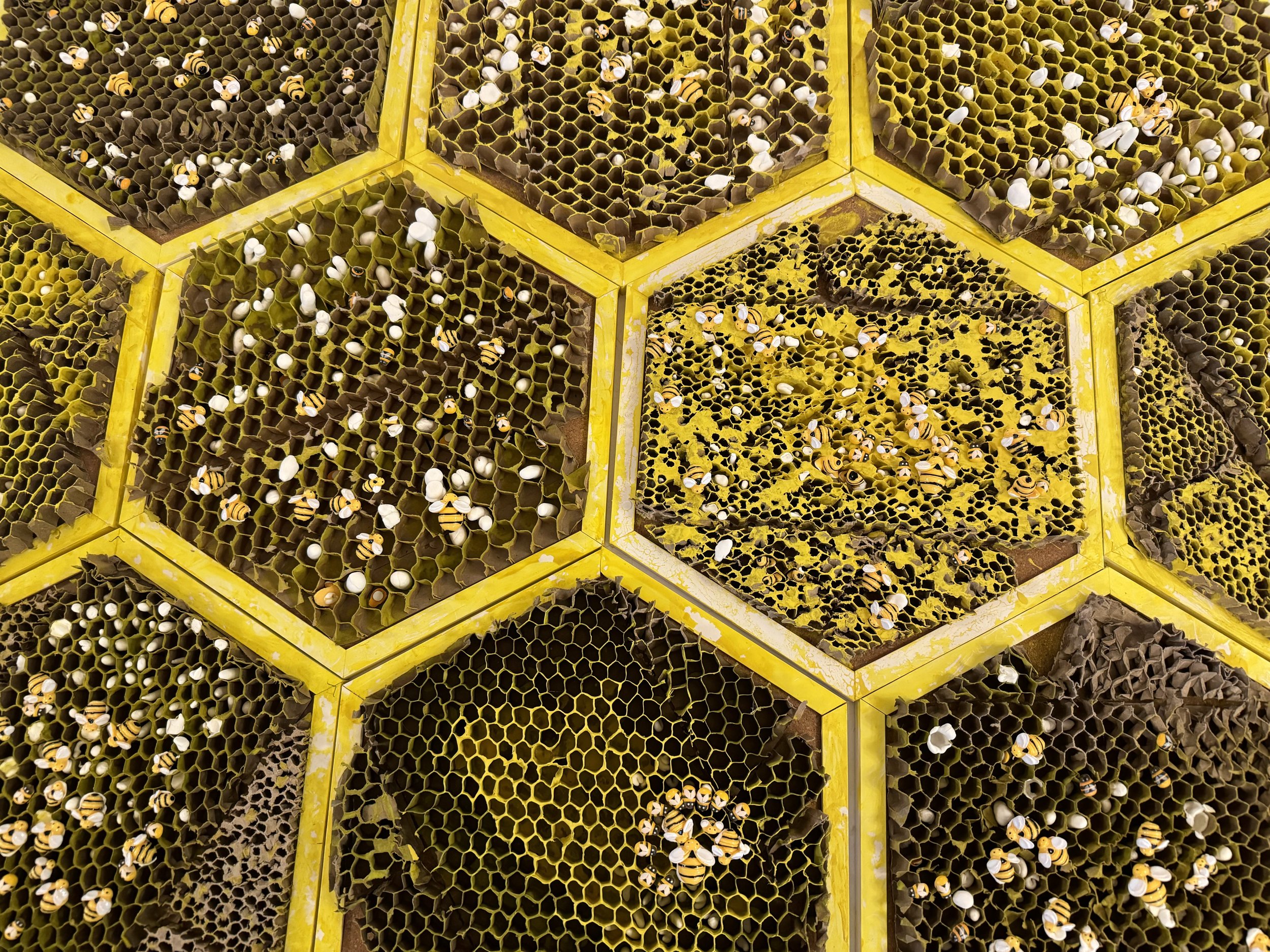
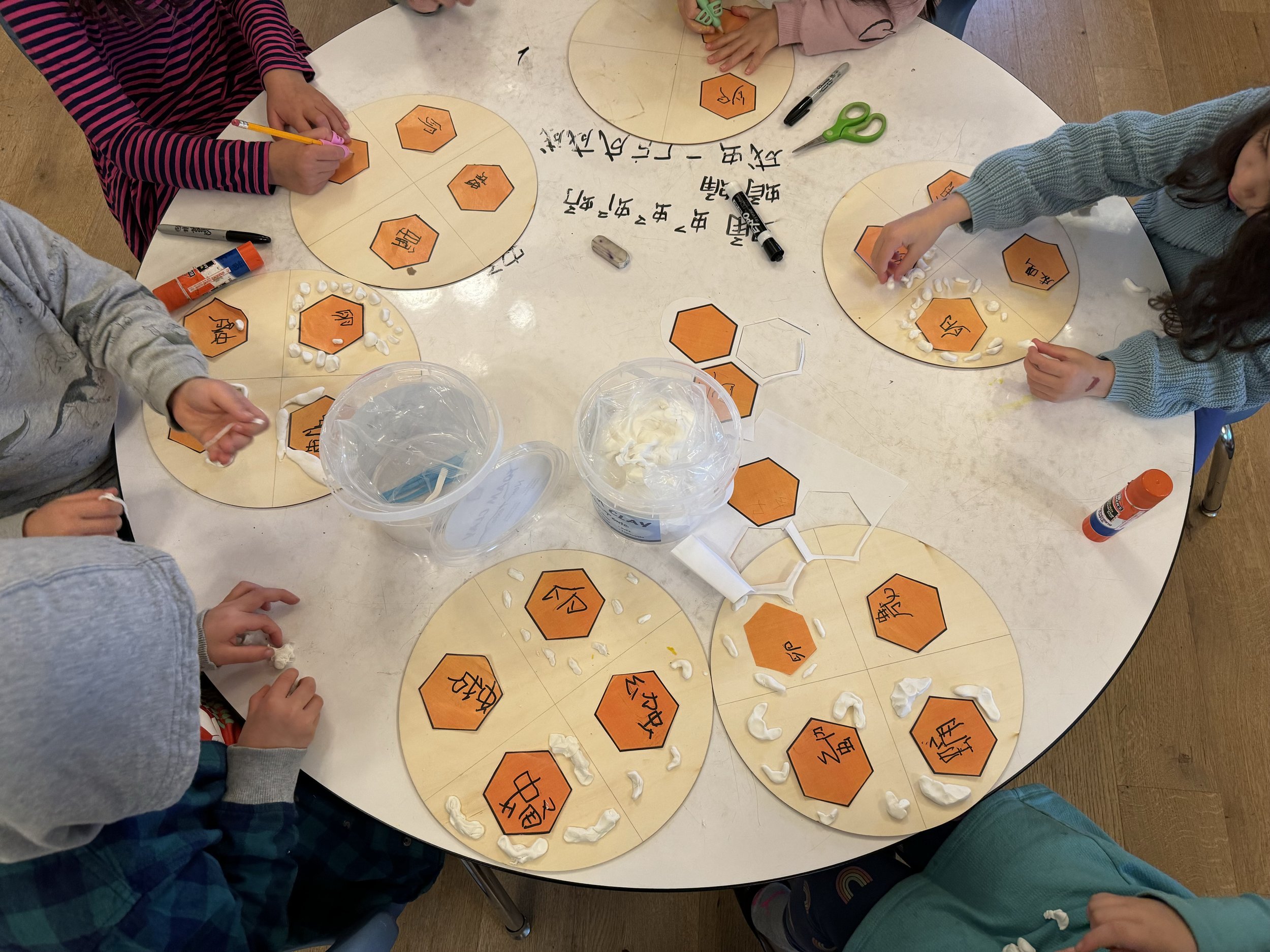
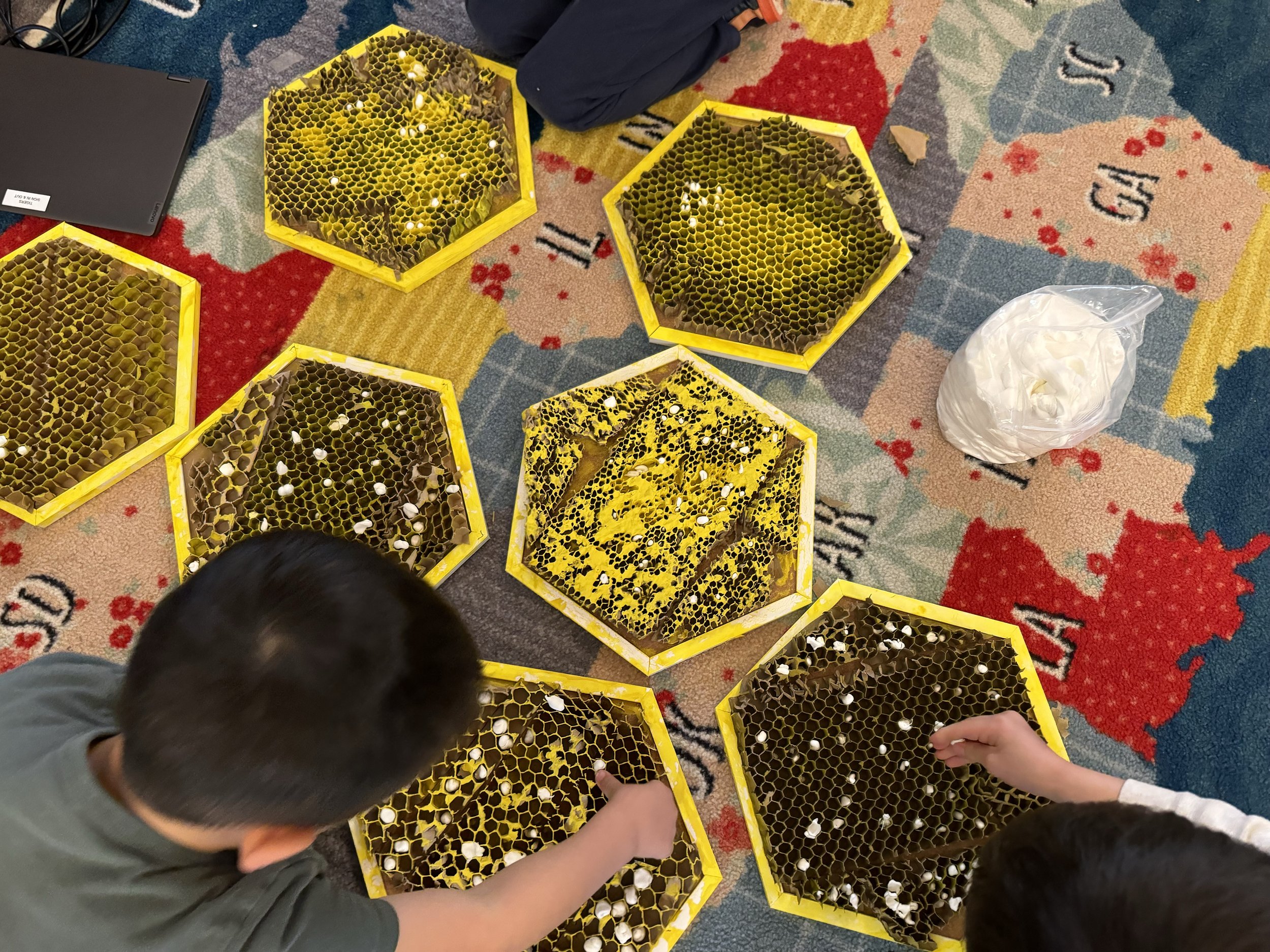

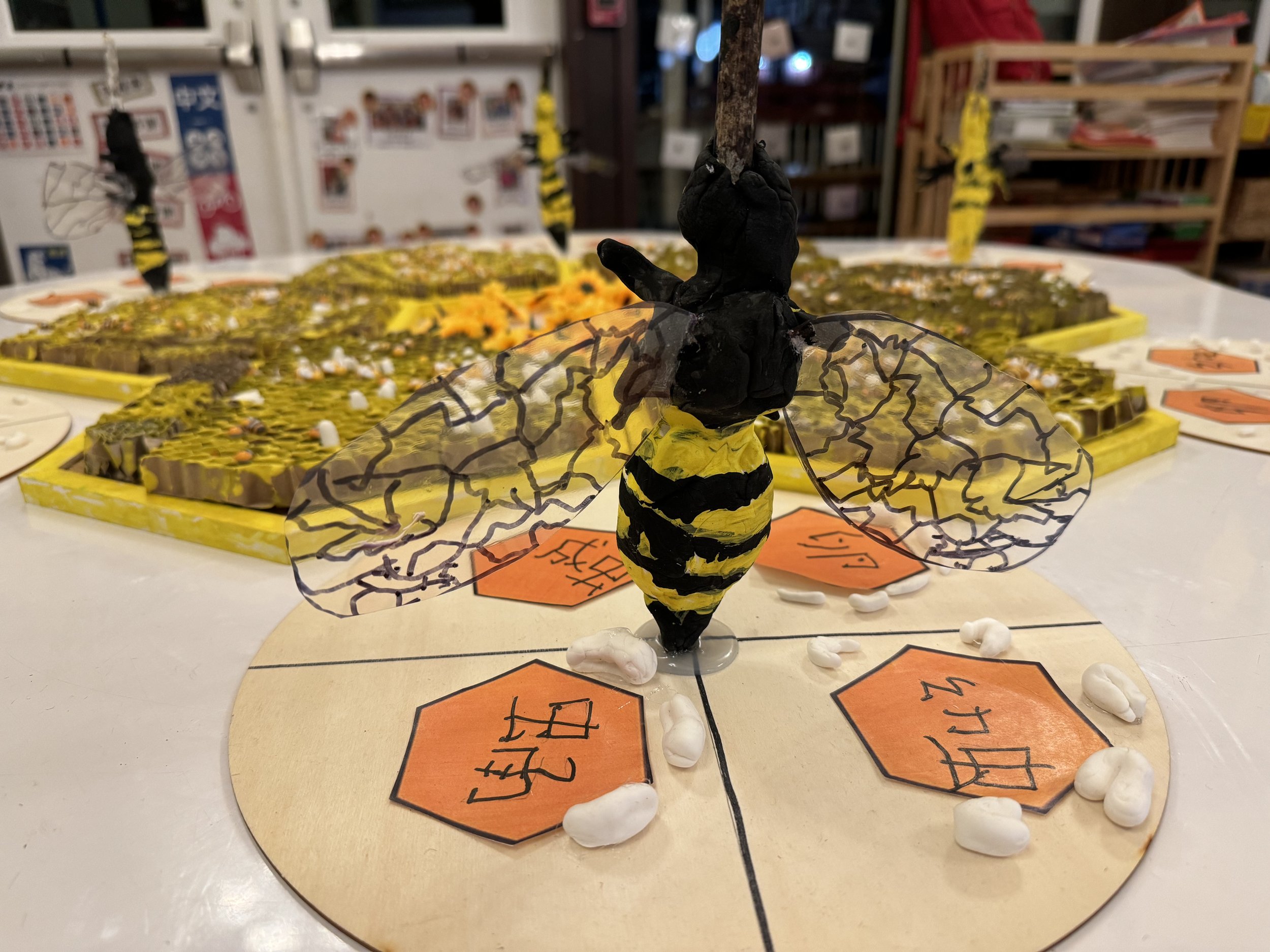
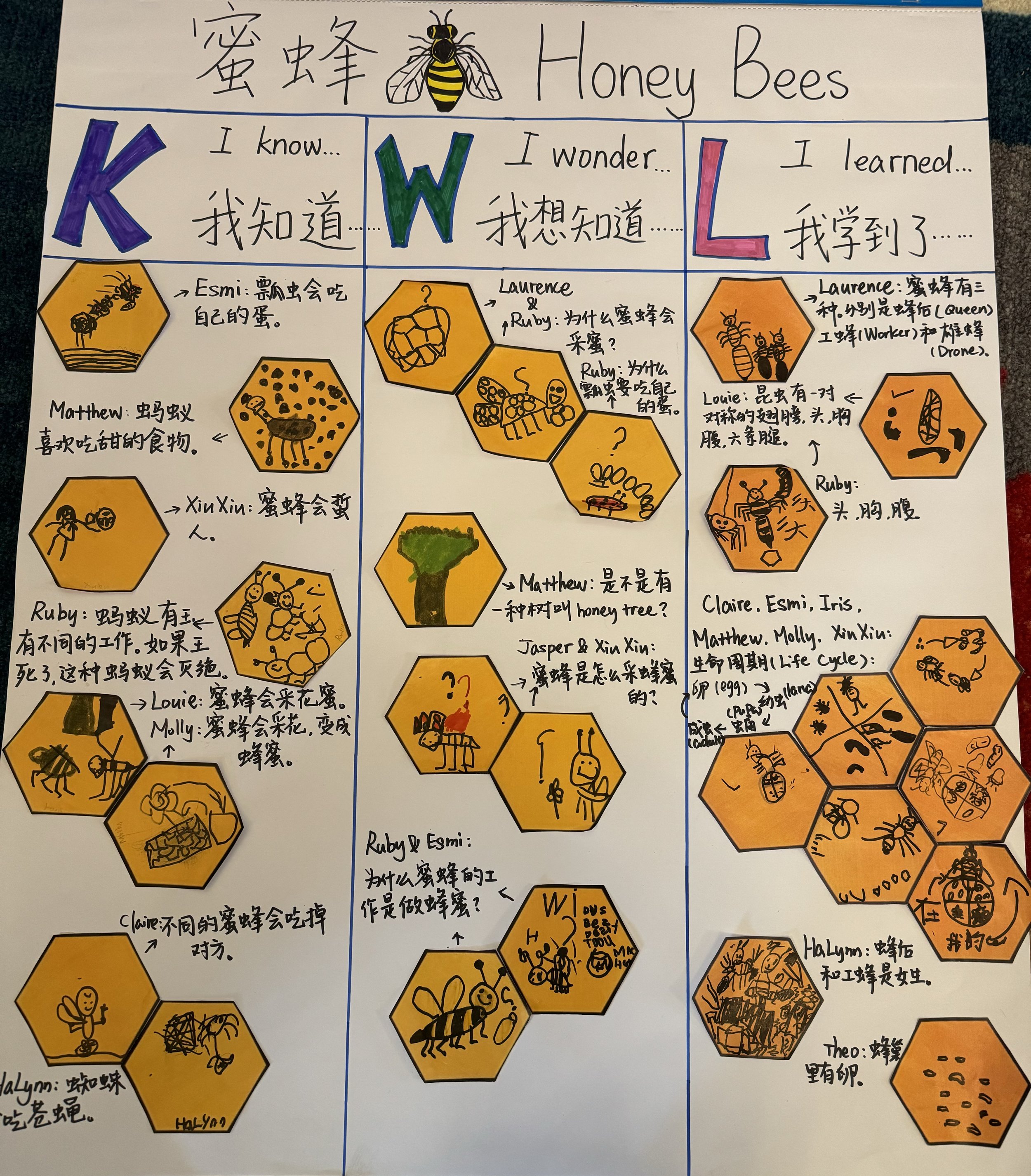
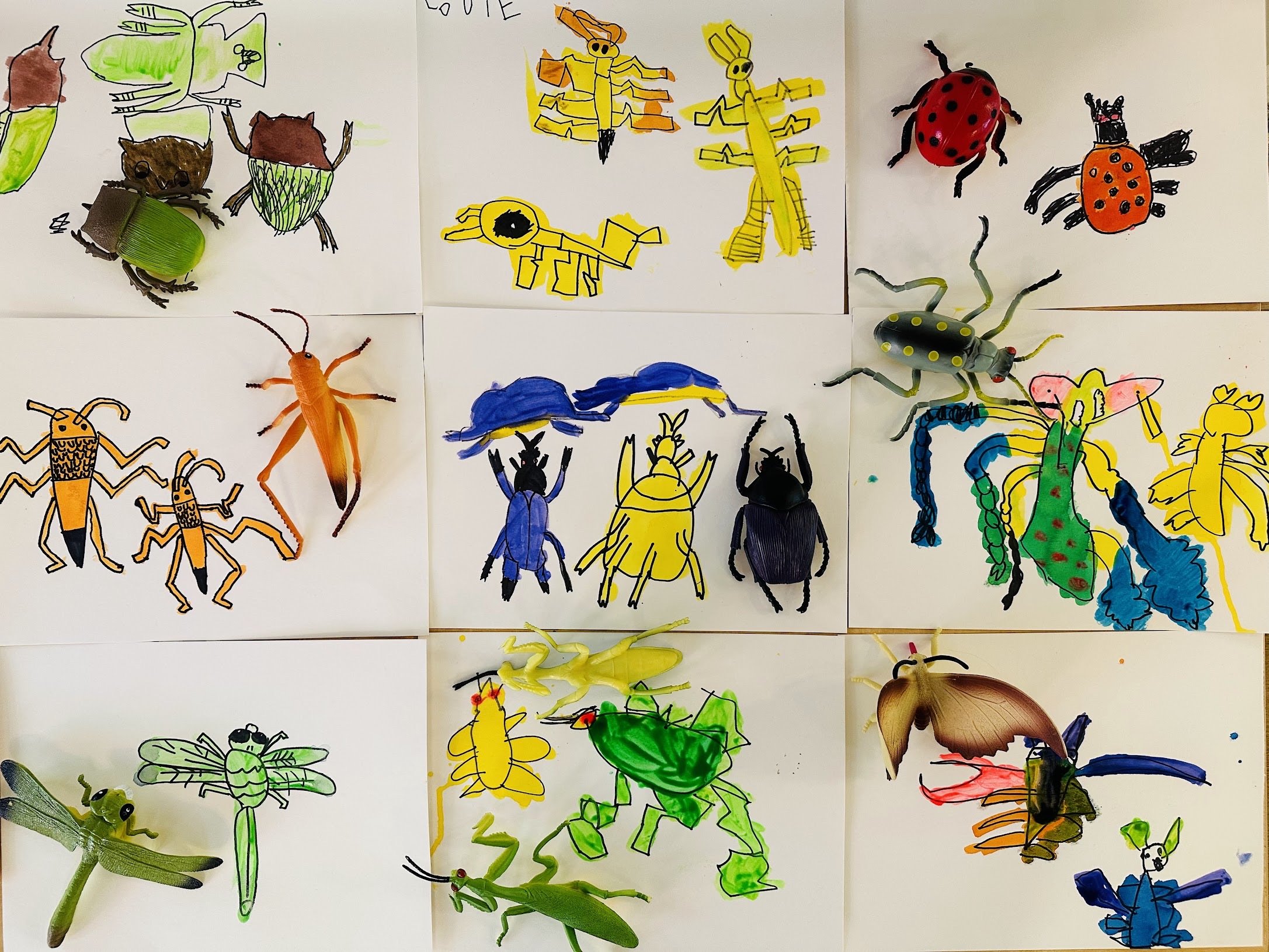
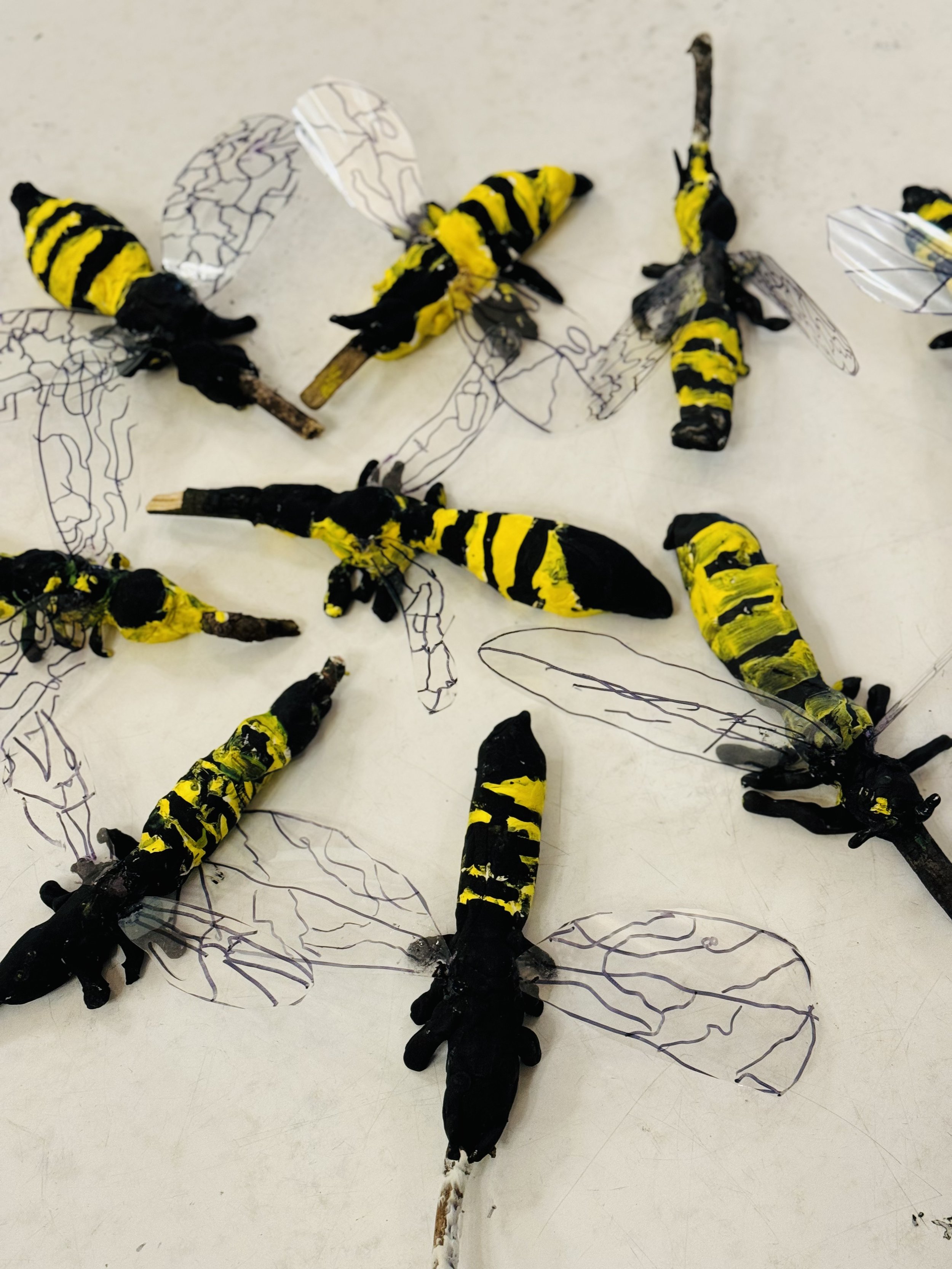
Kindergarten Achievements on Standardized Testing
Instructional Targets for Mandarin at IFS (see Table above) are developed by referencing instructional targets at peer immersion schools, factoring in the percentage of weekly Mandarin instruction. Grade-level targets for English and Math are set by Star Renaissance.
Formal assessments begin in Kindergarten at IFS and include Math, English early literacy and reading, and speaking, listening, and reading in Chinese. Our Kindergarten Students are made up of children with high levels of Mandarin proficiency and those with none.
Assessment Suite: STAR, STAMP, and Level Learning
Mandarin Level Learning Testing
100% met IFS grade level Instructional Target on Listening, Speaking, and Reading Skills.
85% exceeded grade level Instructional Target
In Speaking and Listening skills, our students consistently reach or exceed Intermediate low level by the end of kindergarten. The majority of students surpass the instructional target of Novice High level in Reading, which is the benchmark for 1st grade.
Novice High speakers can express, ask about, and react to preferences, feelings, or opinions on familiar topics, using simple sentences most of the time and asking questions to keep the conversation on topic.
Math STAR Assessment
In the school year 2023-2024, the average Grade Level Equivalent for student’s scores in math was 1.6 = equivalent to a student towards the end of First Grade. This is impressive as math is assessed in English, but learned in Mandarin.
Over the last 3 years, 88% of Kindergartners met or exceeded grade level standards. The three year average for all grades K-3rd is 92%.
English Reading Assessment
100% of Kindergarten students are reading at or above grade level for English reading.
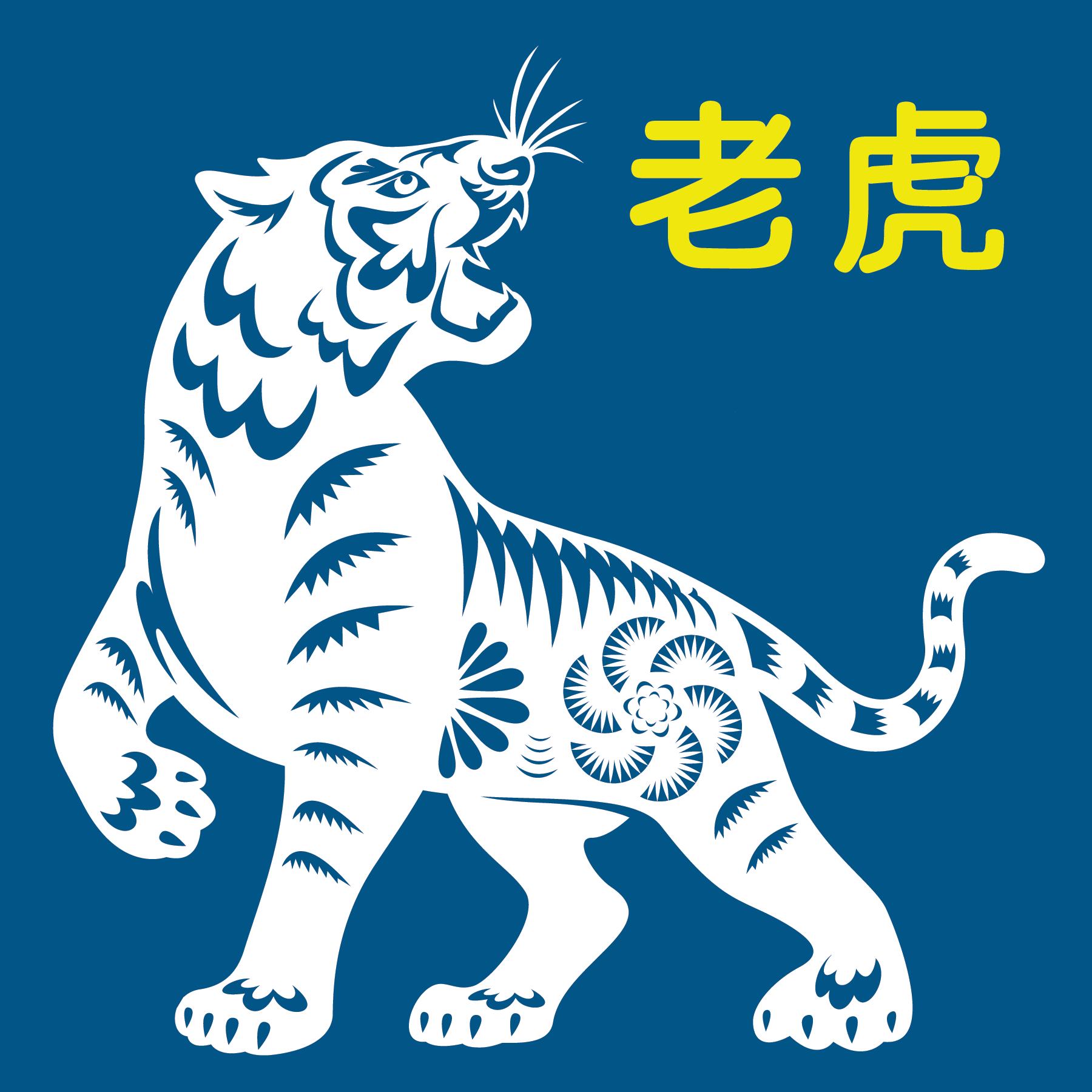

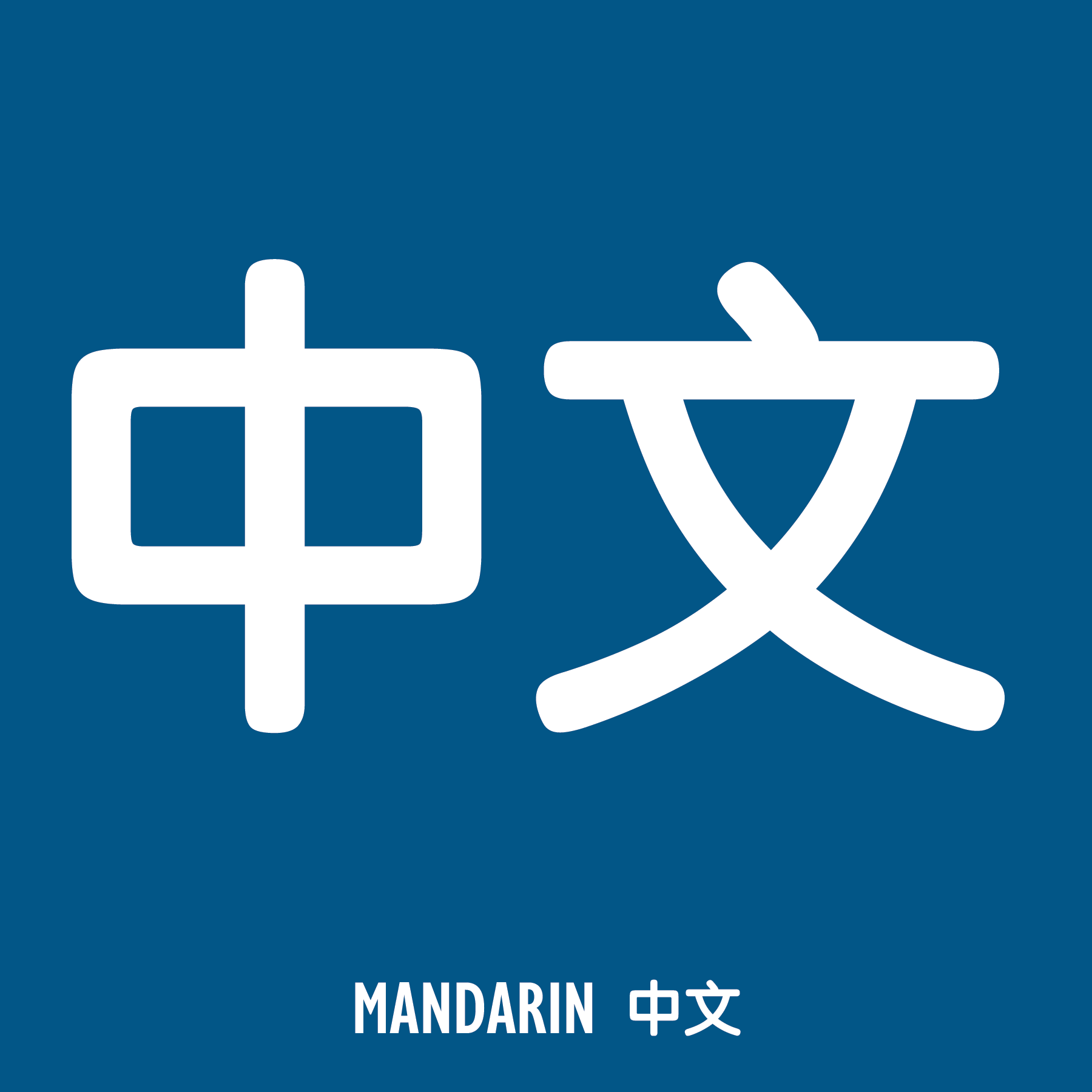
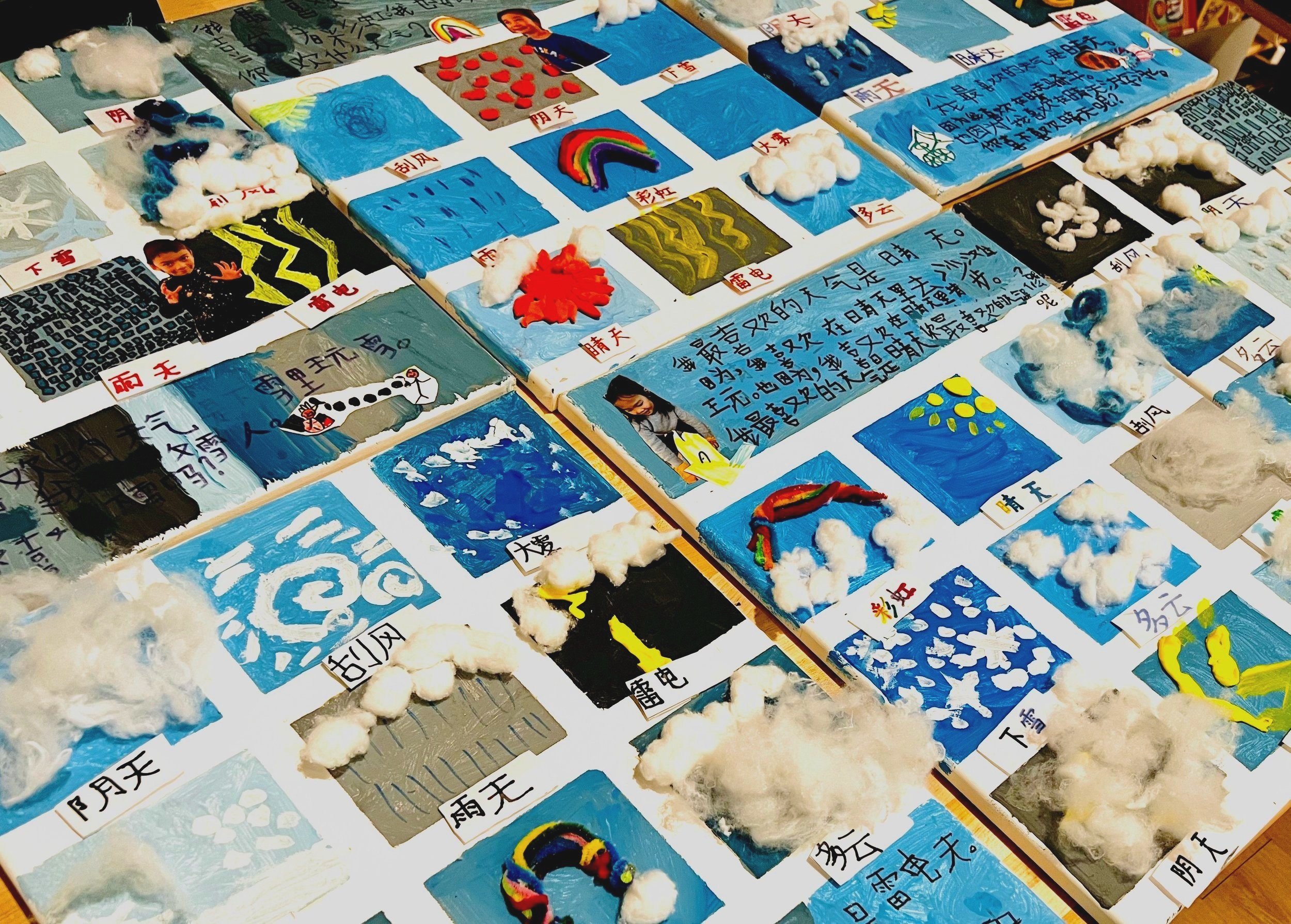
Weather Patterns + Climate
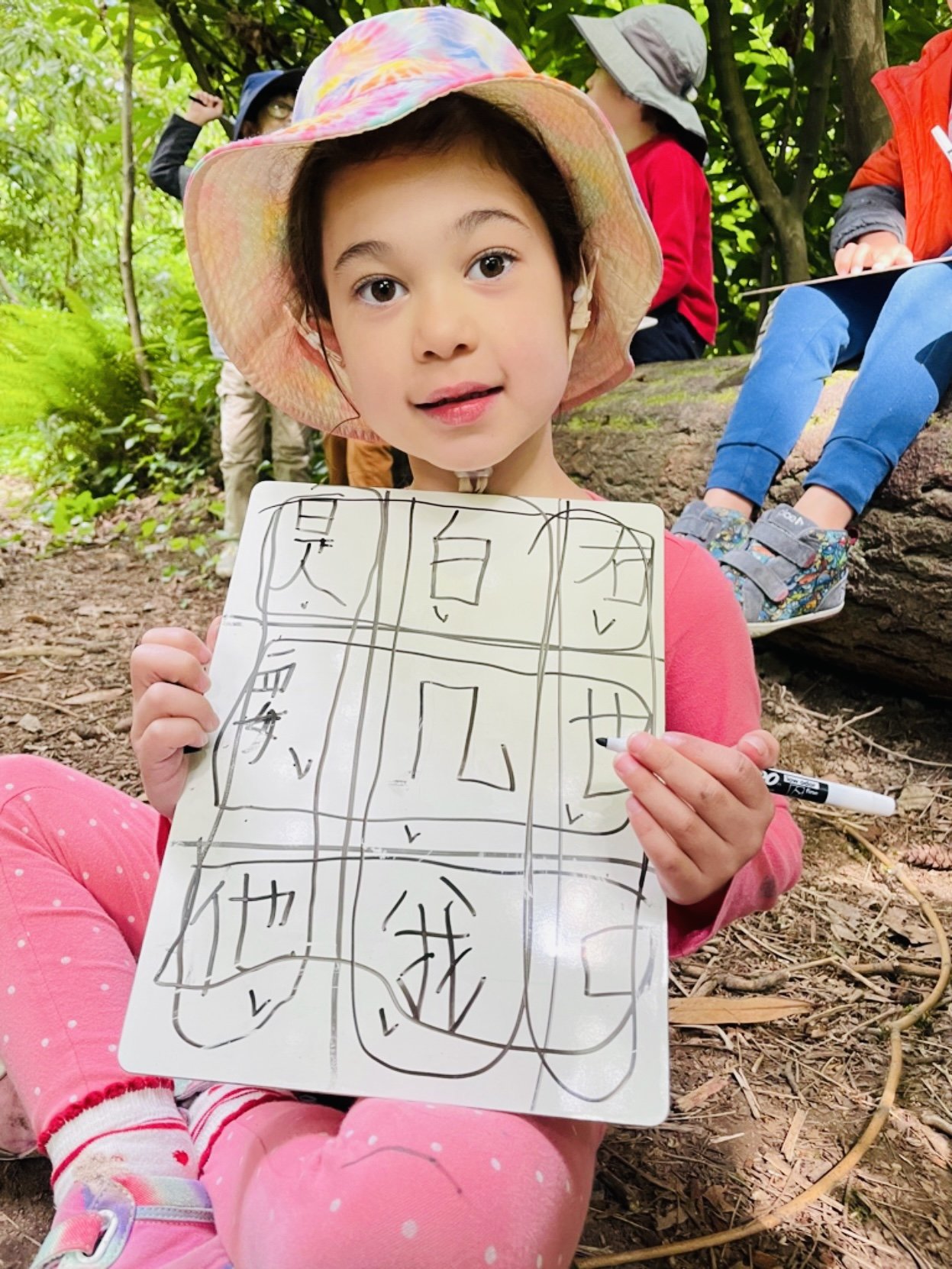




Honey Bee Project
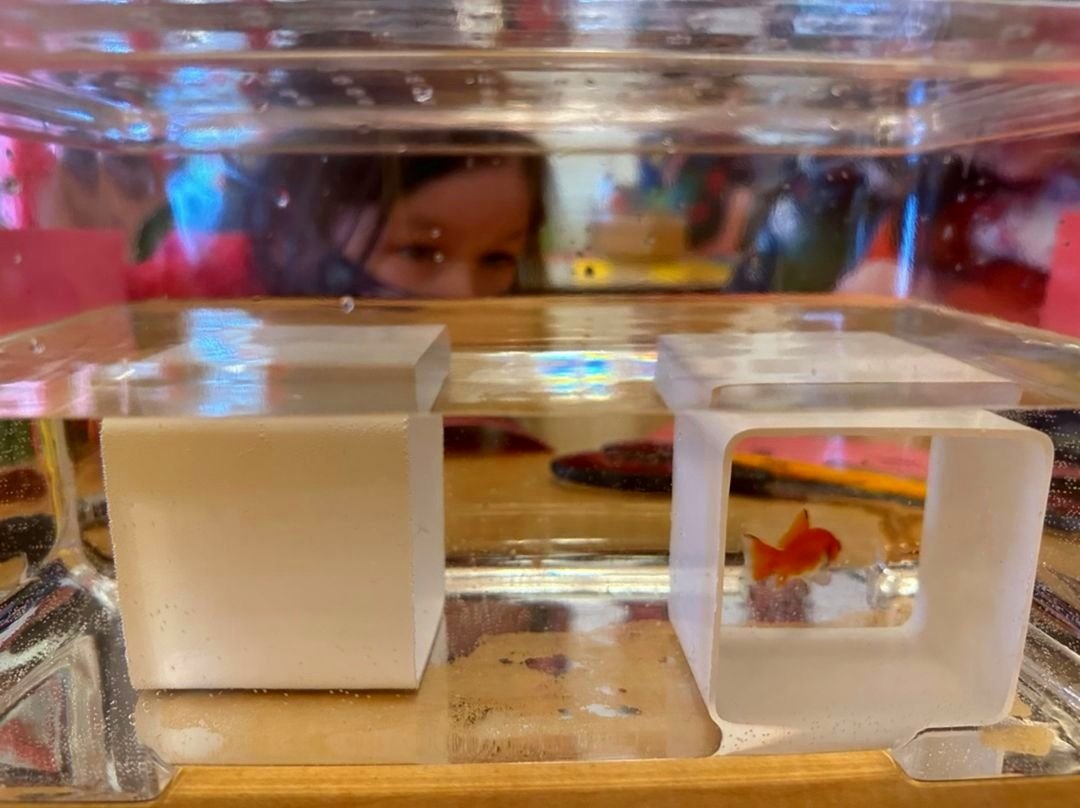
Animal Habitats
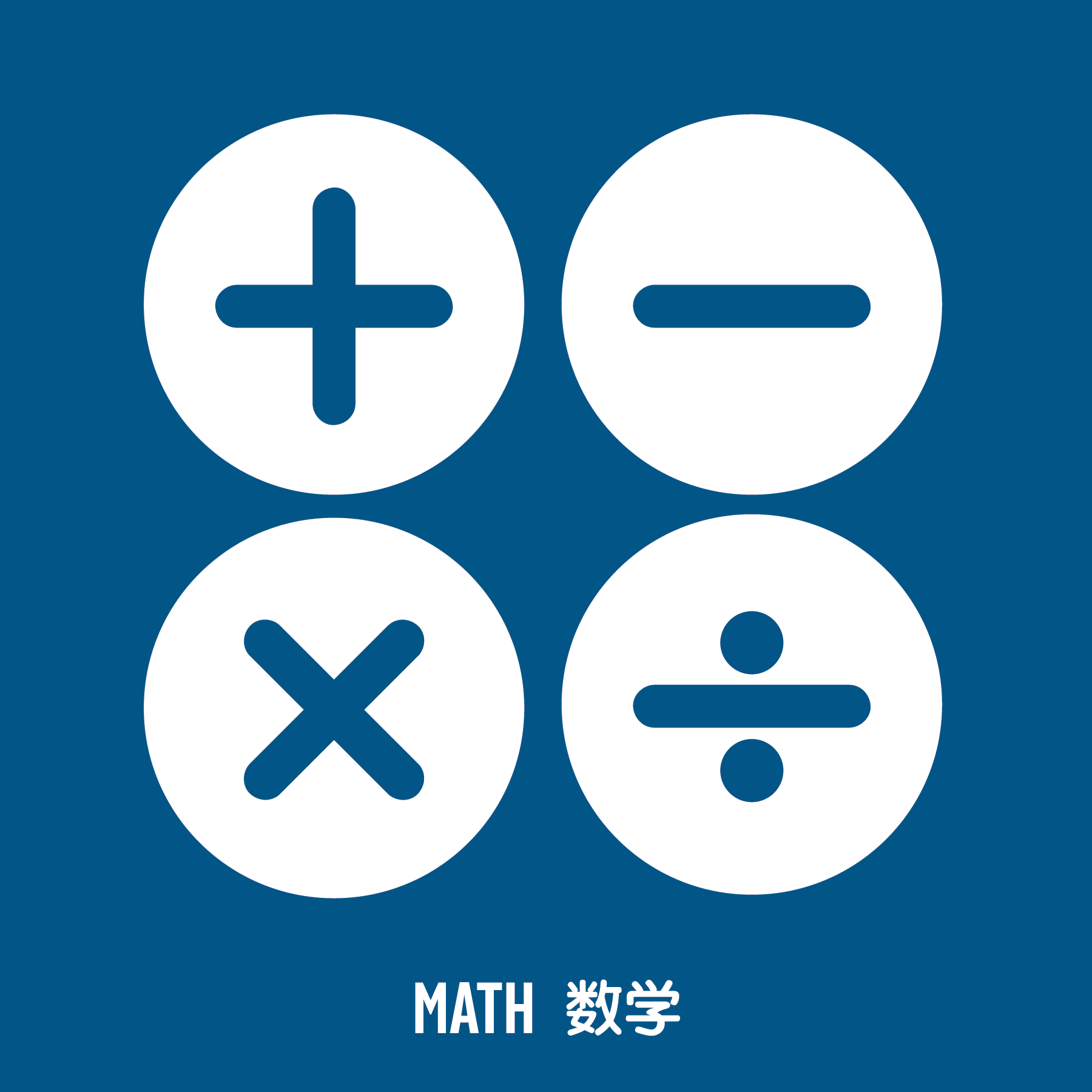

Place Value Man

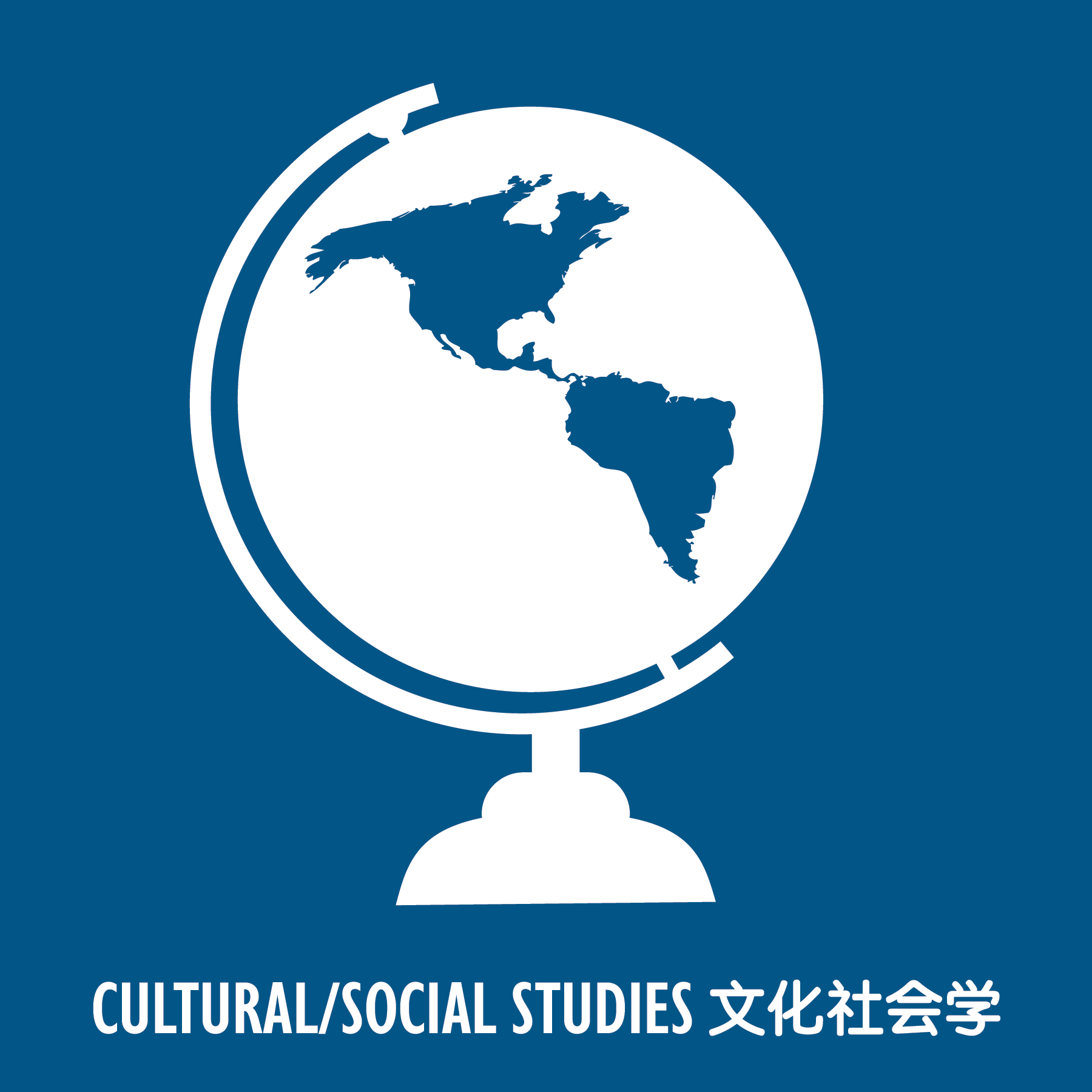
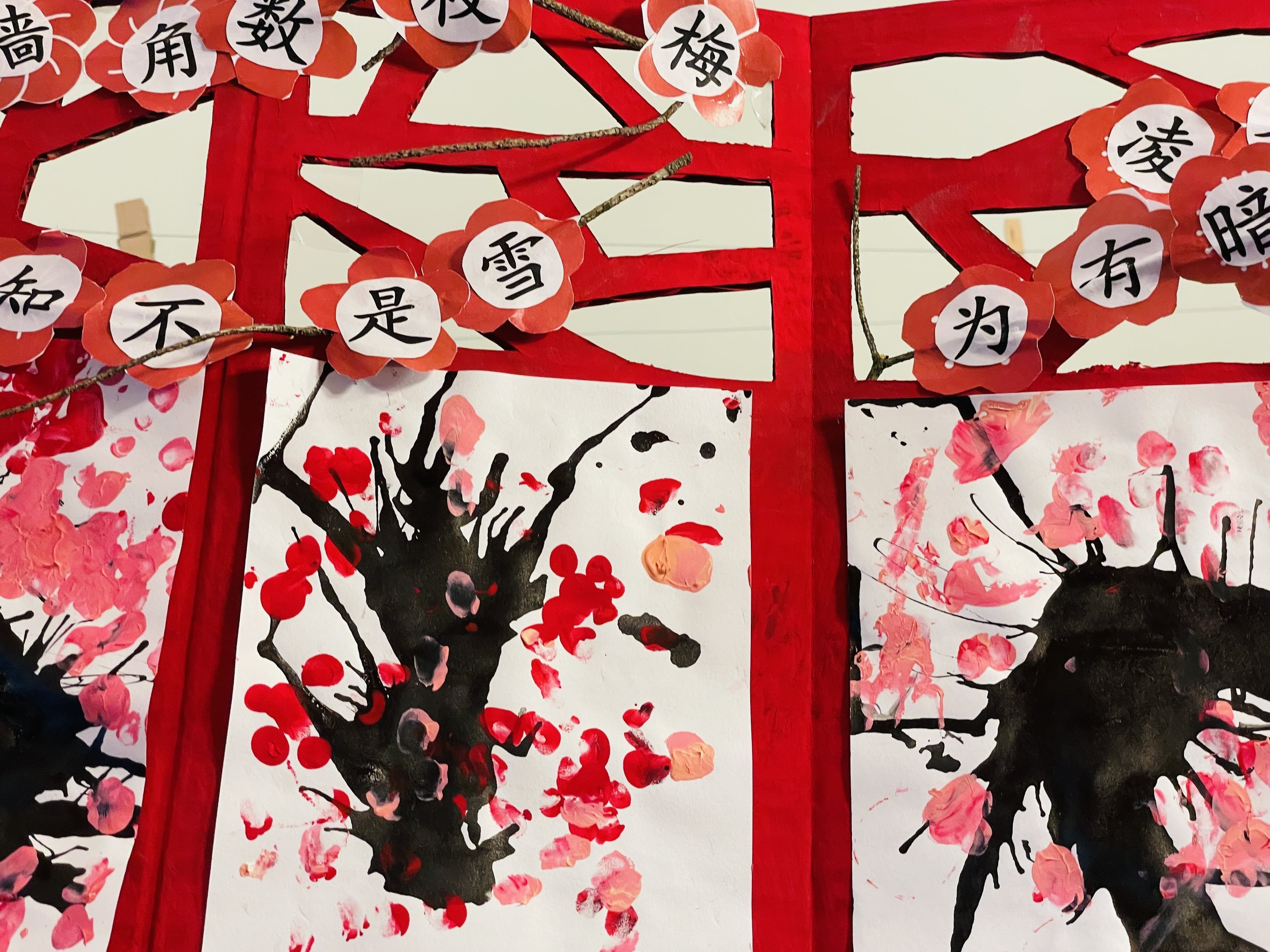

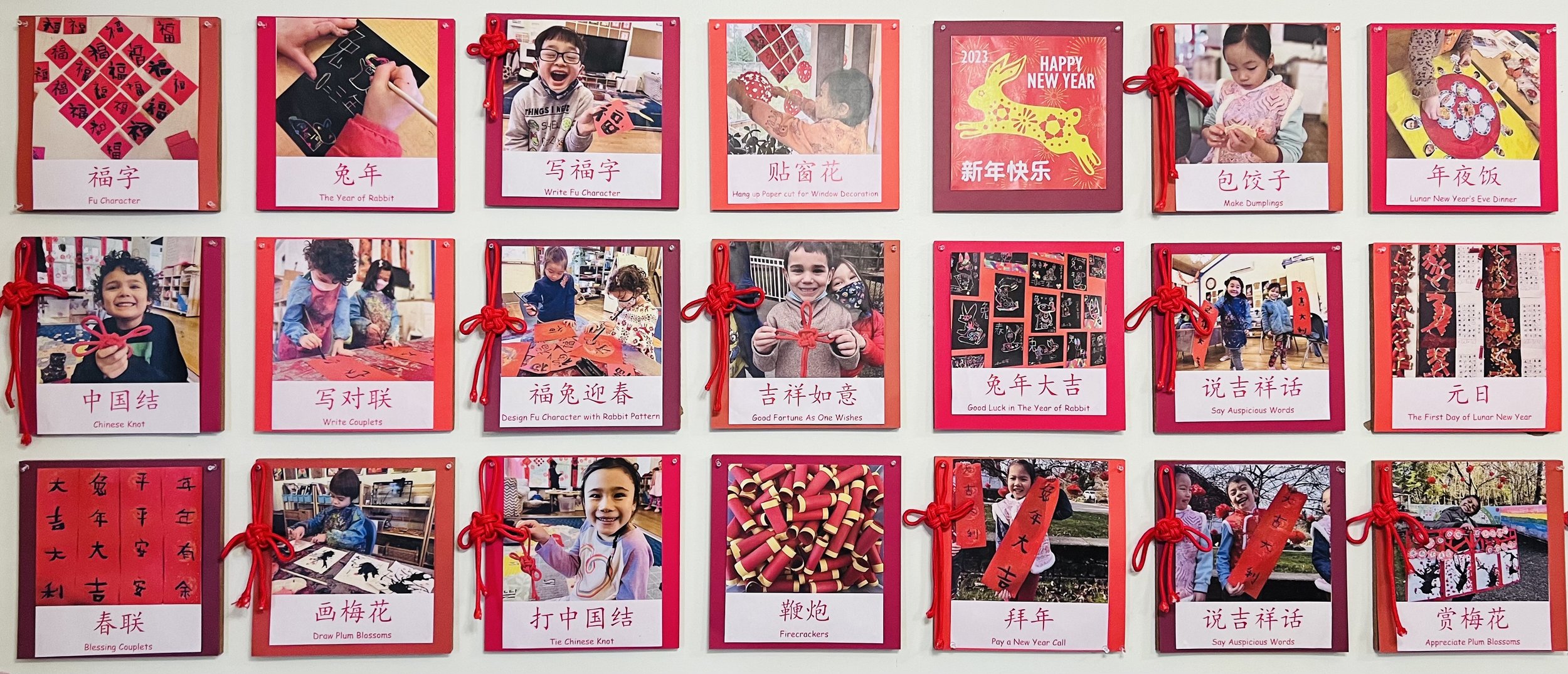
Honoring Women

PreK Students have Art + Maker Space everyday

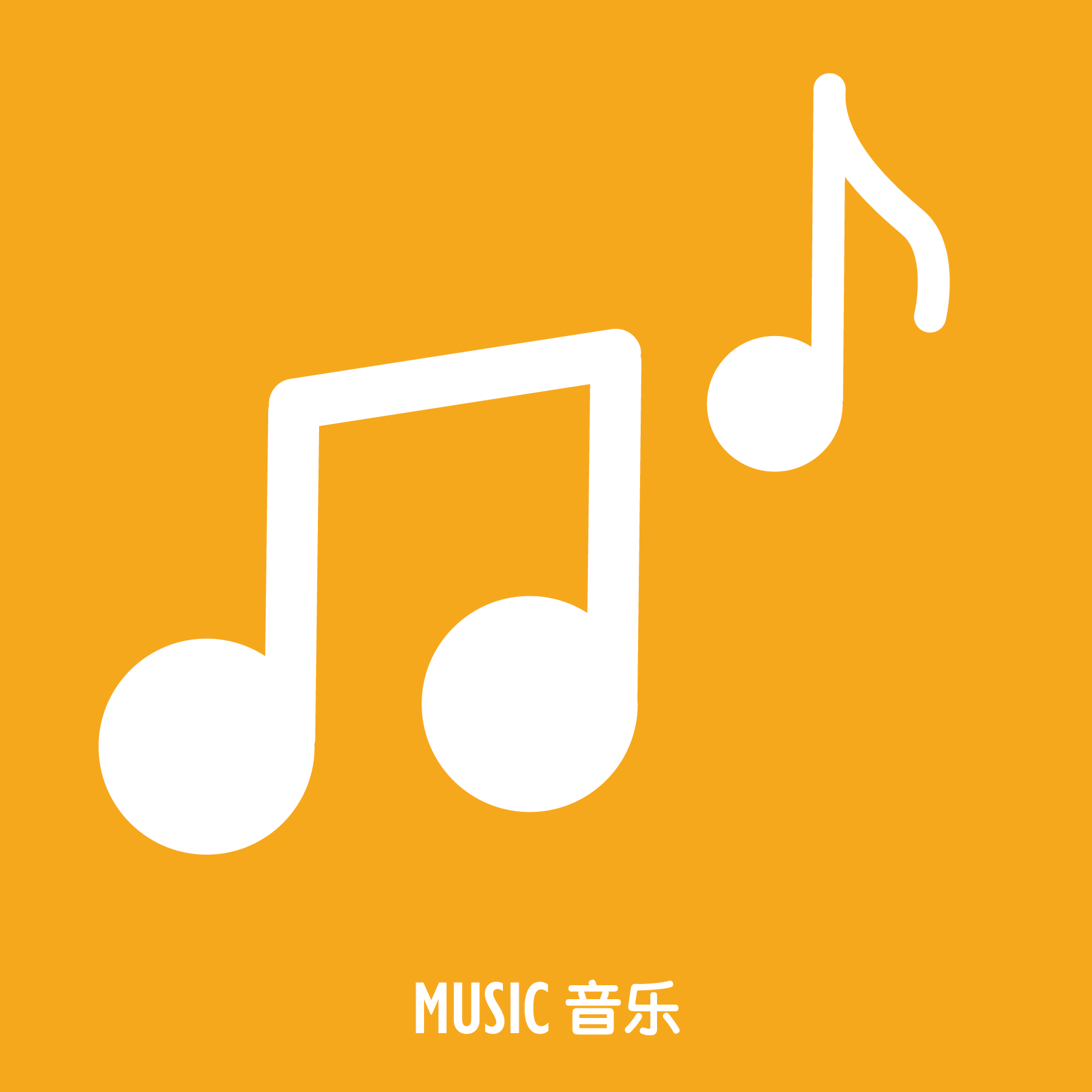
Music everyday
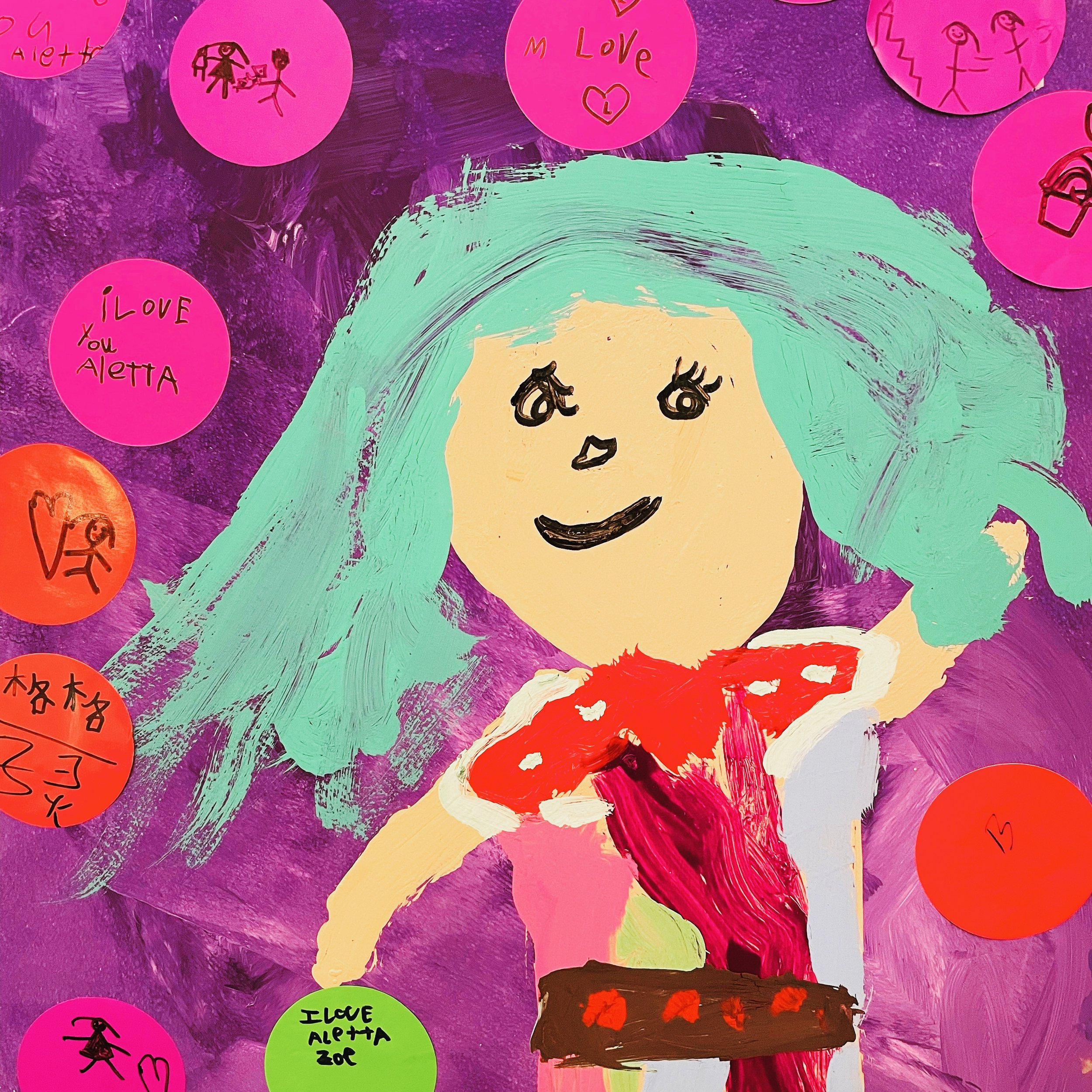
Our unique beauty
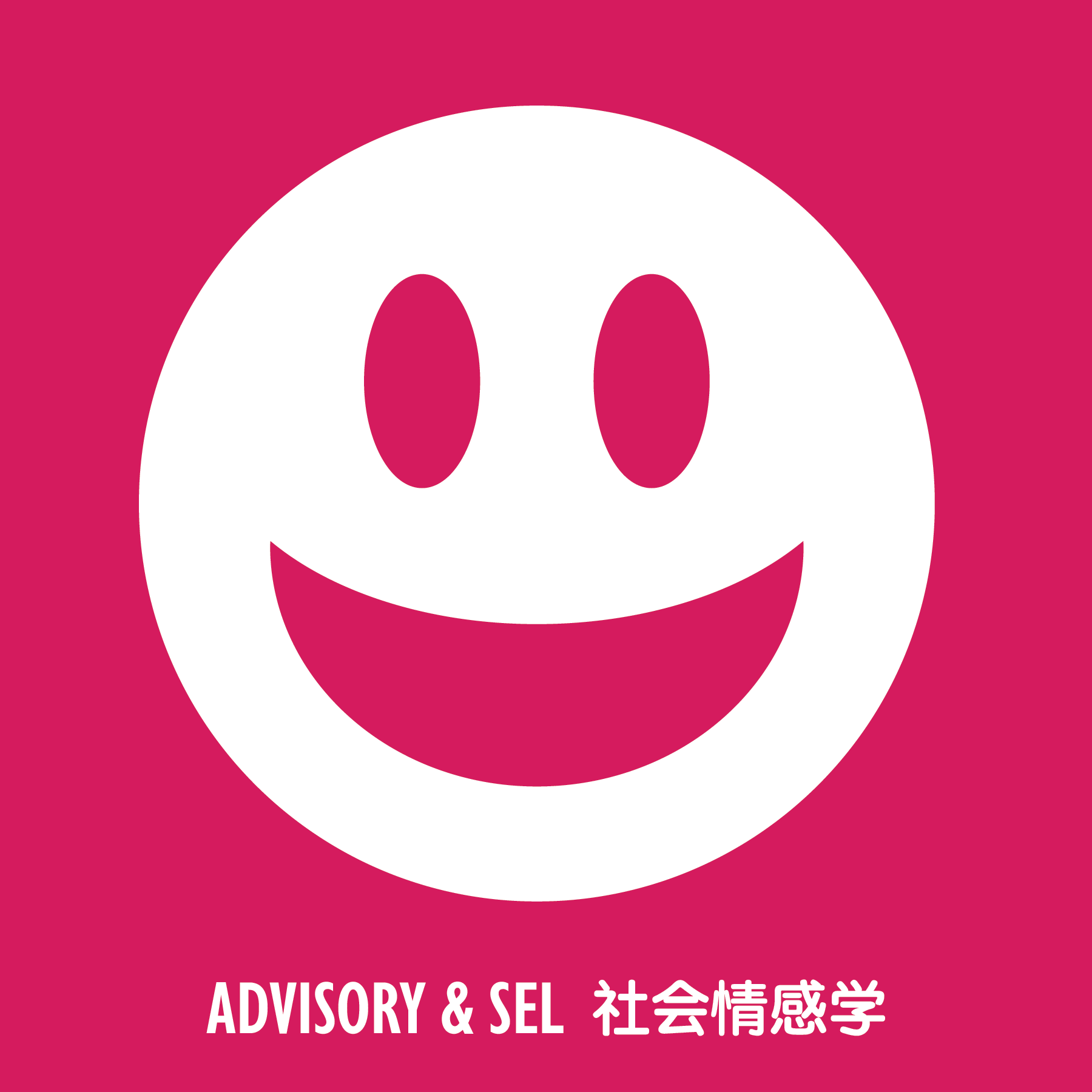
SEL Units such as Empathy + Integrity

Positive Self Talk
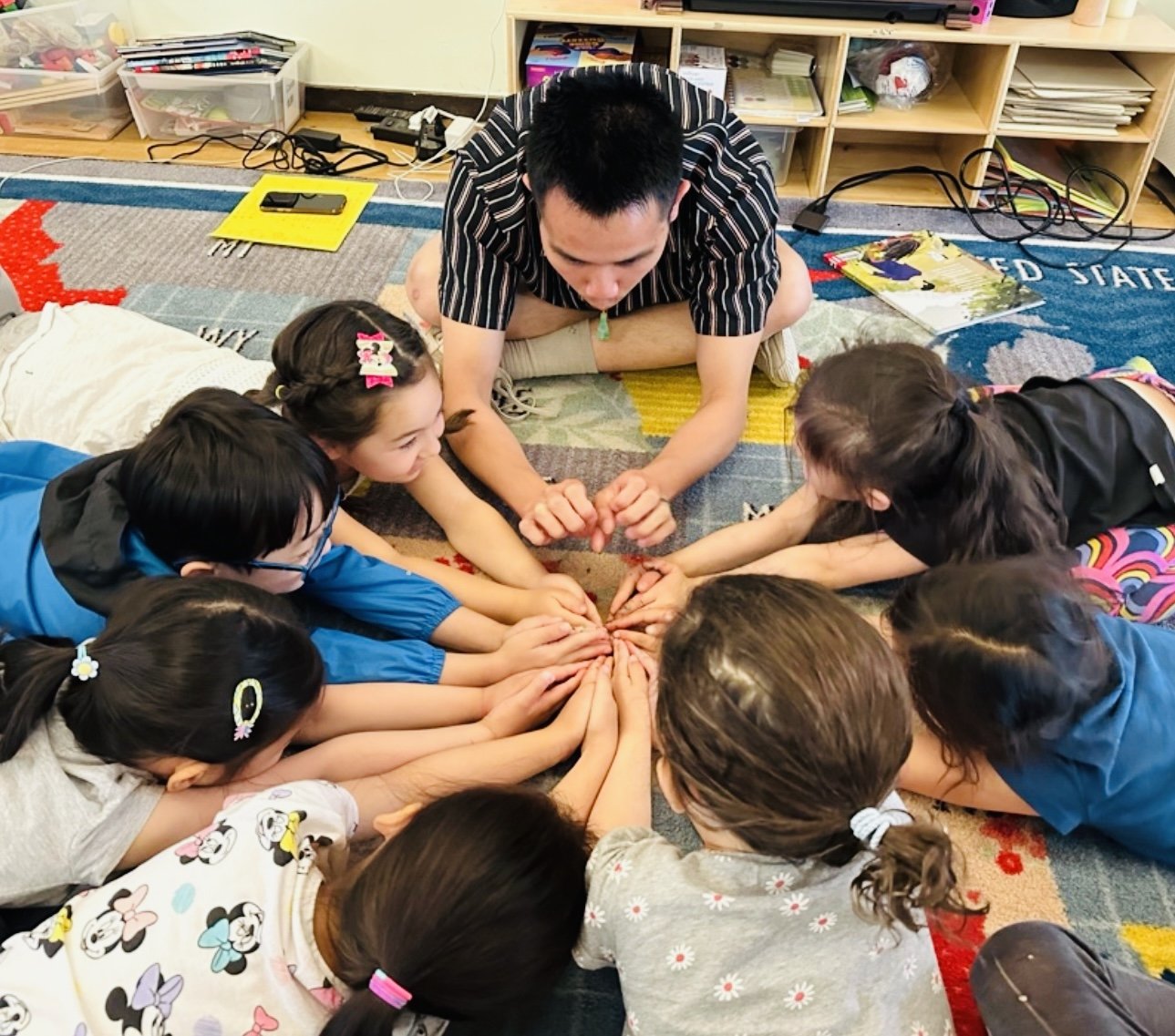
Discussing problem solving
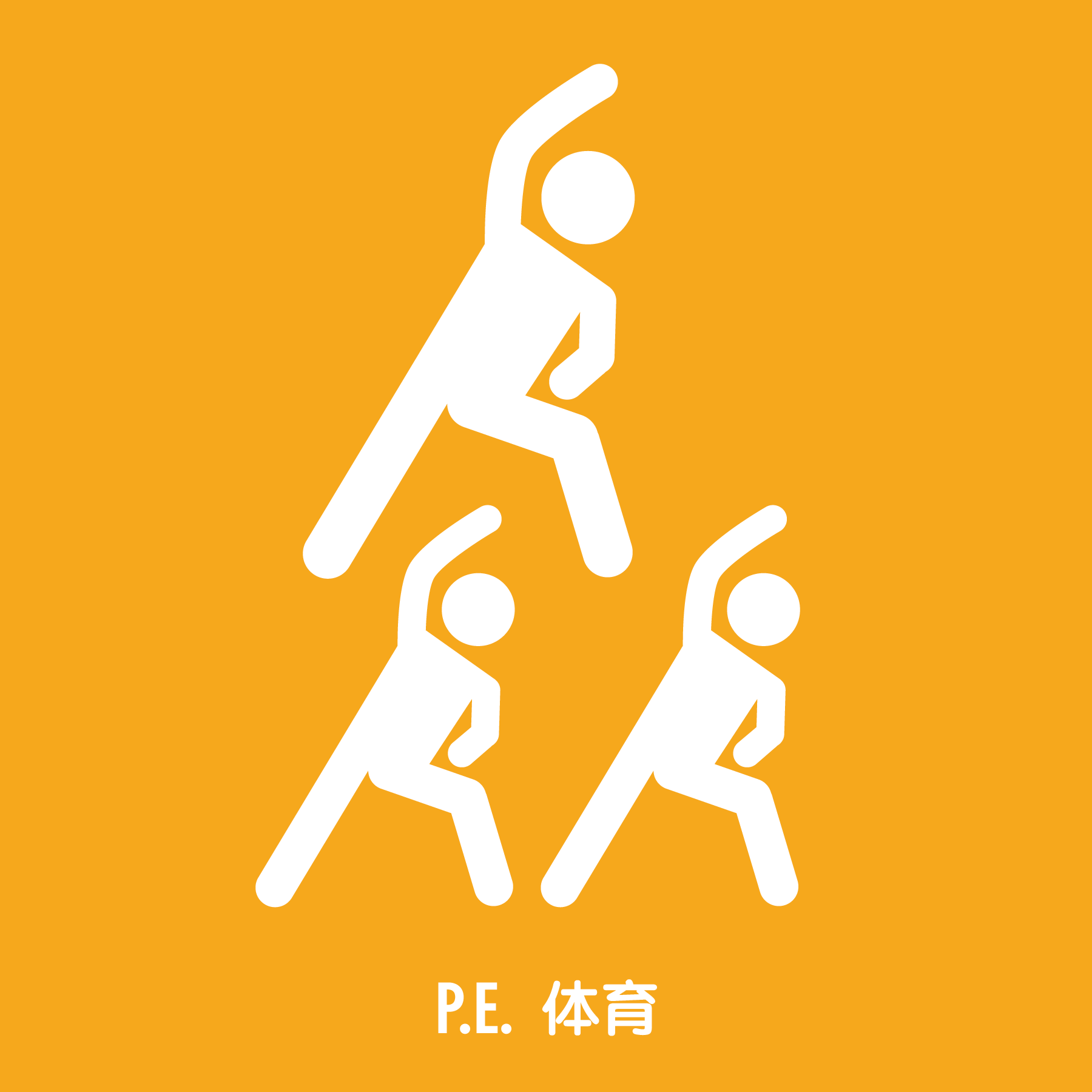

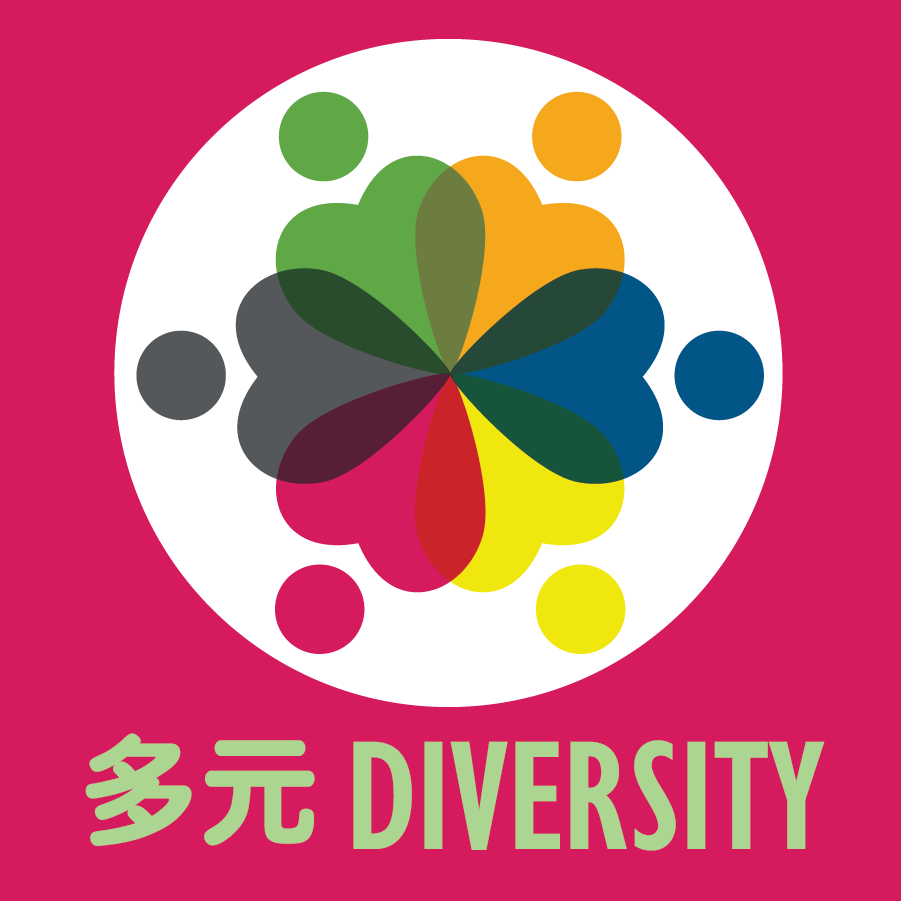
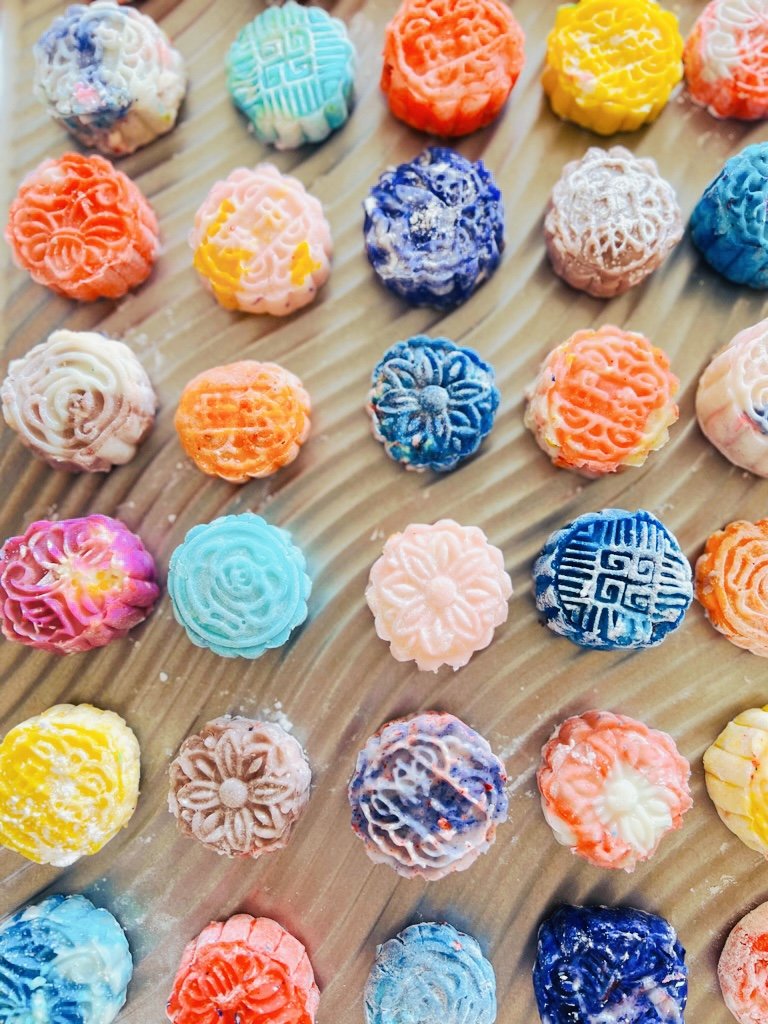

Global Village Celebration



Proud Writers

Supporting Writers


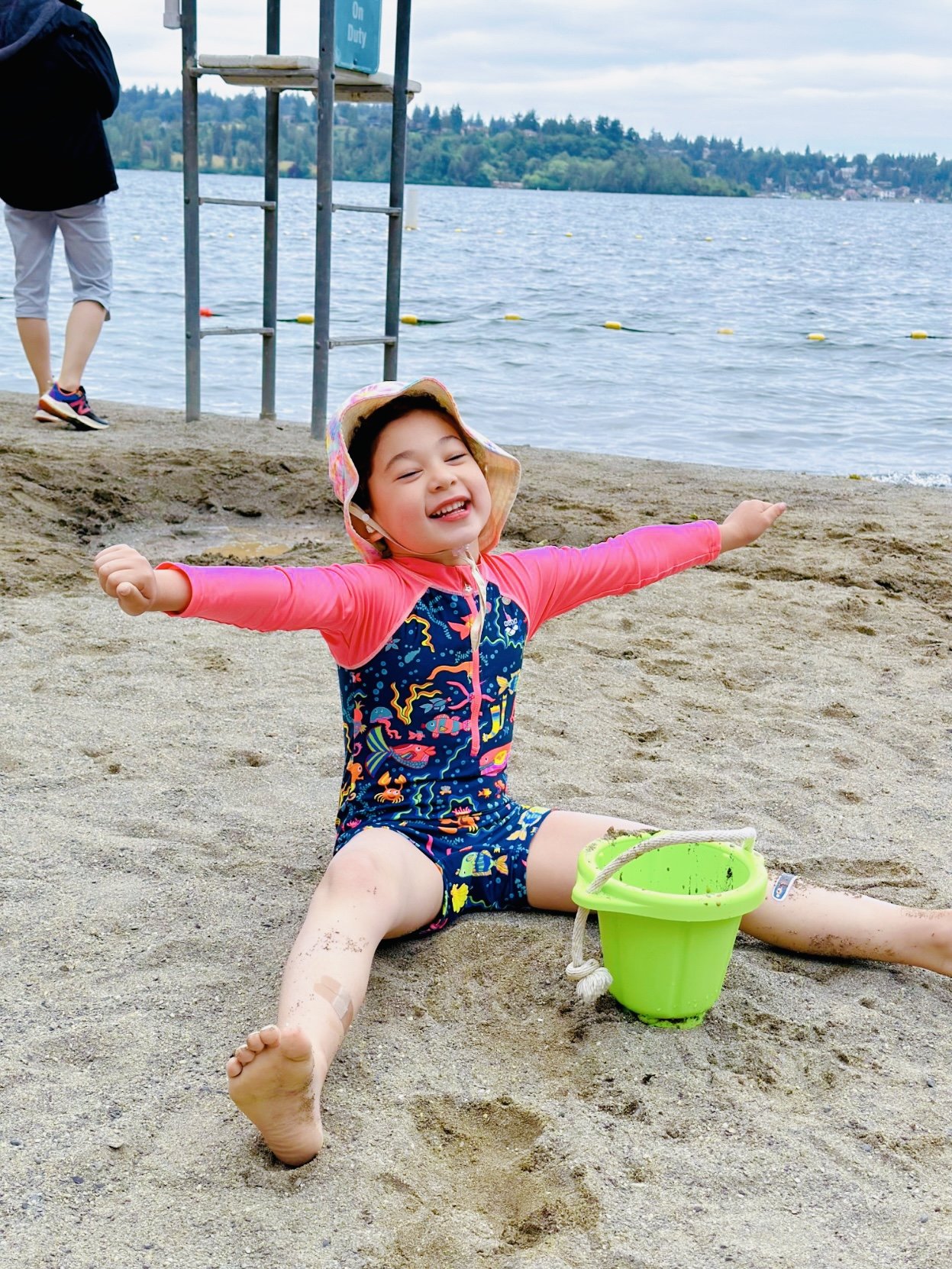
Chism Beach
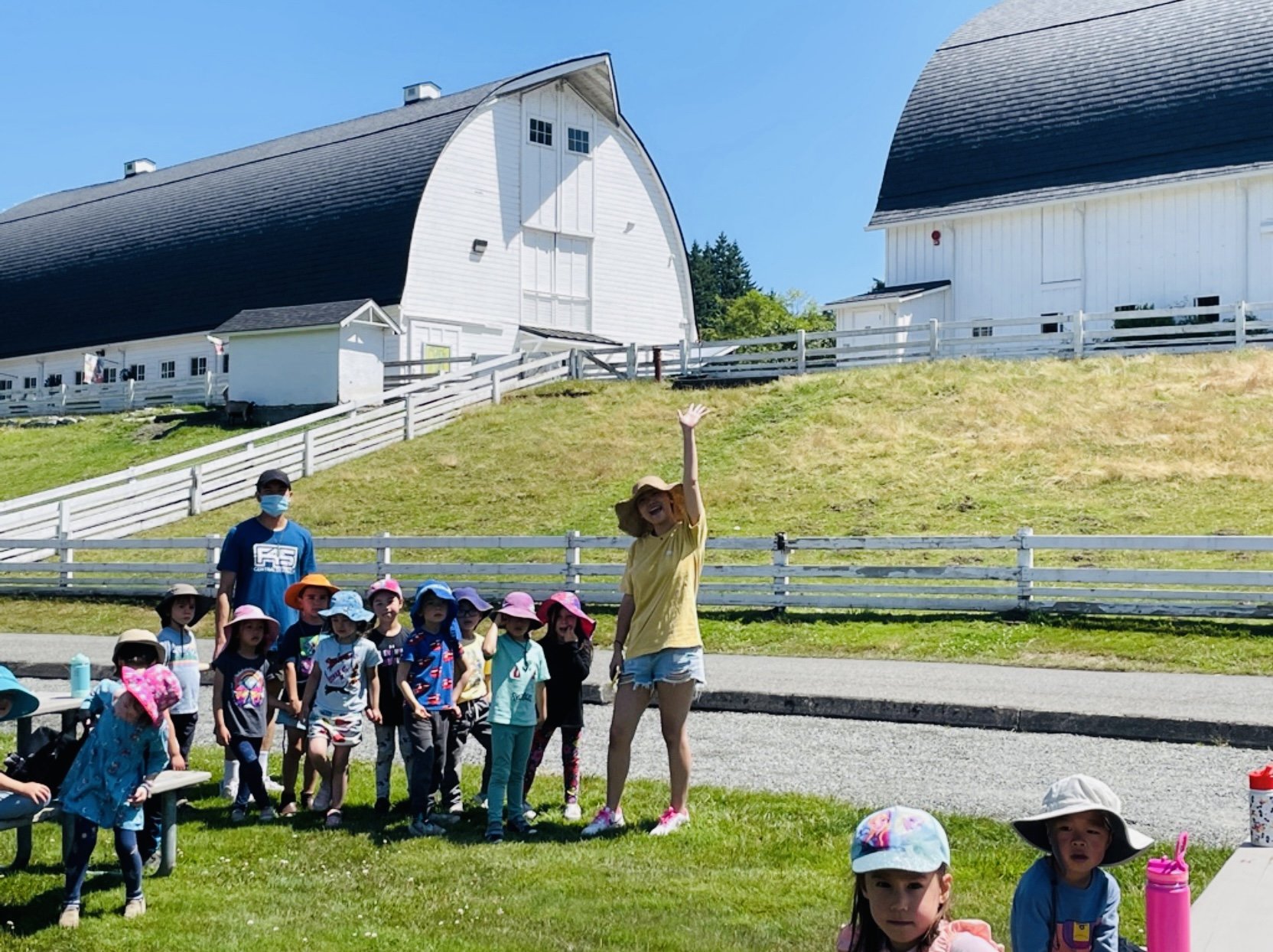
Kesley Creek Farm
